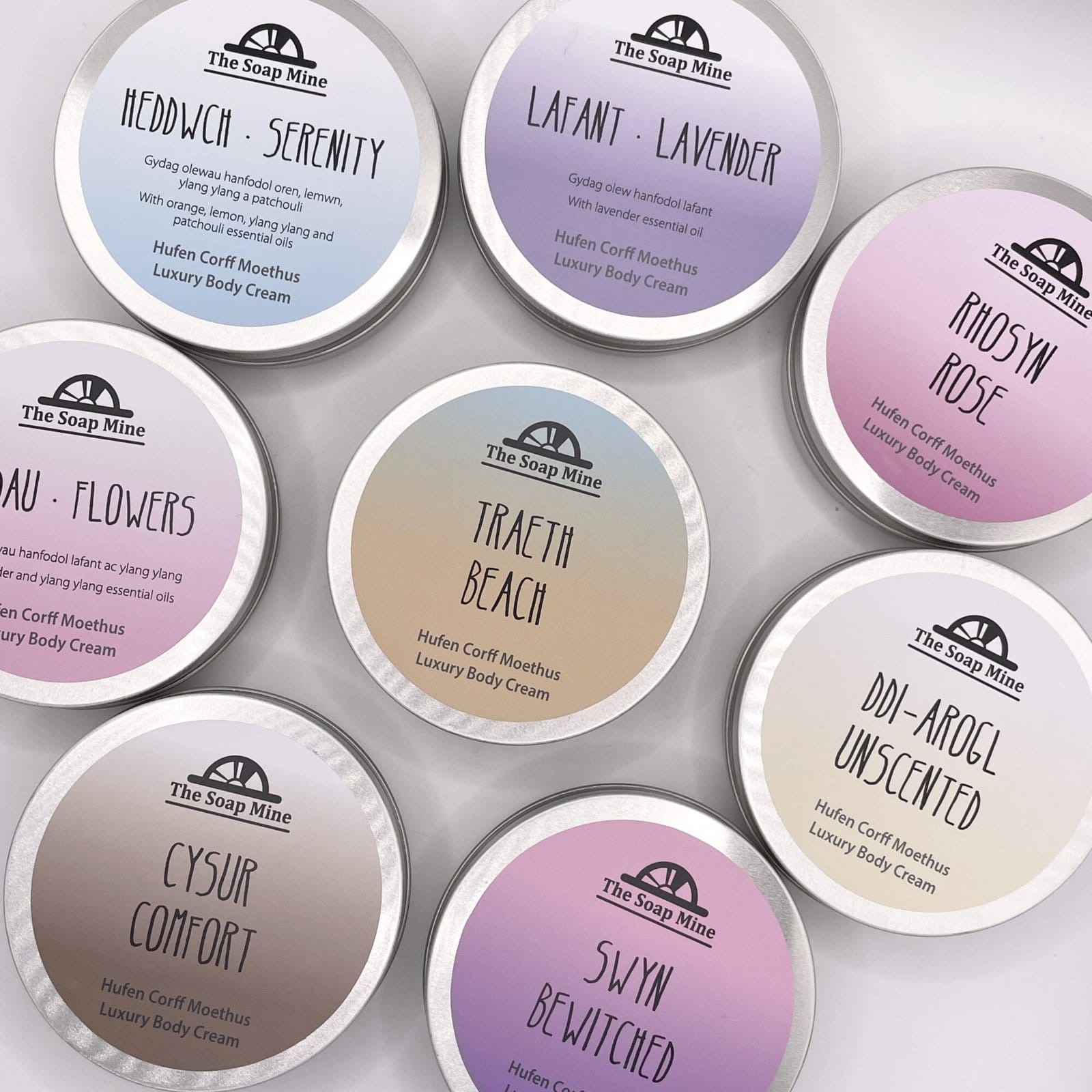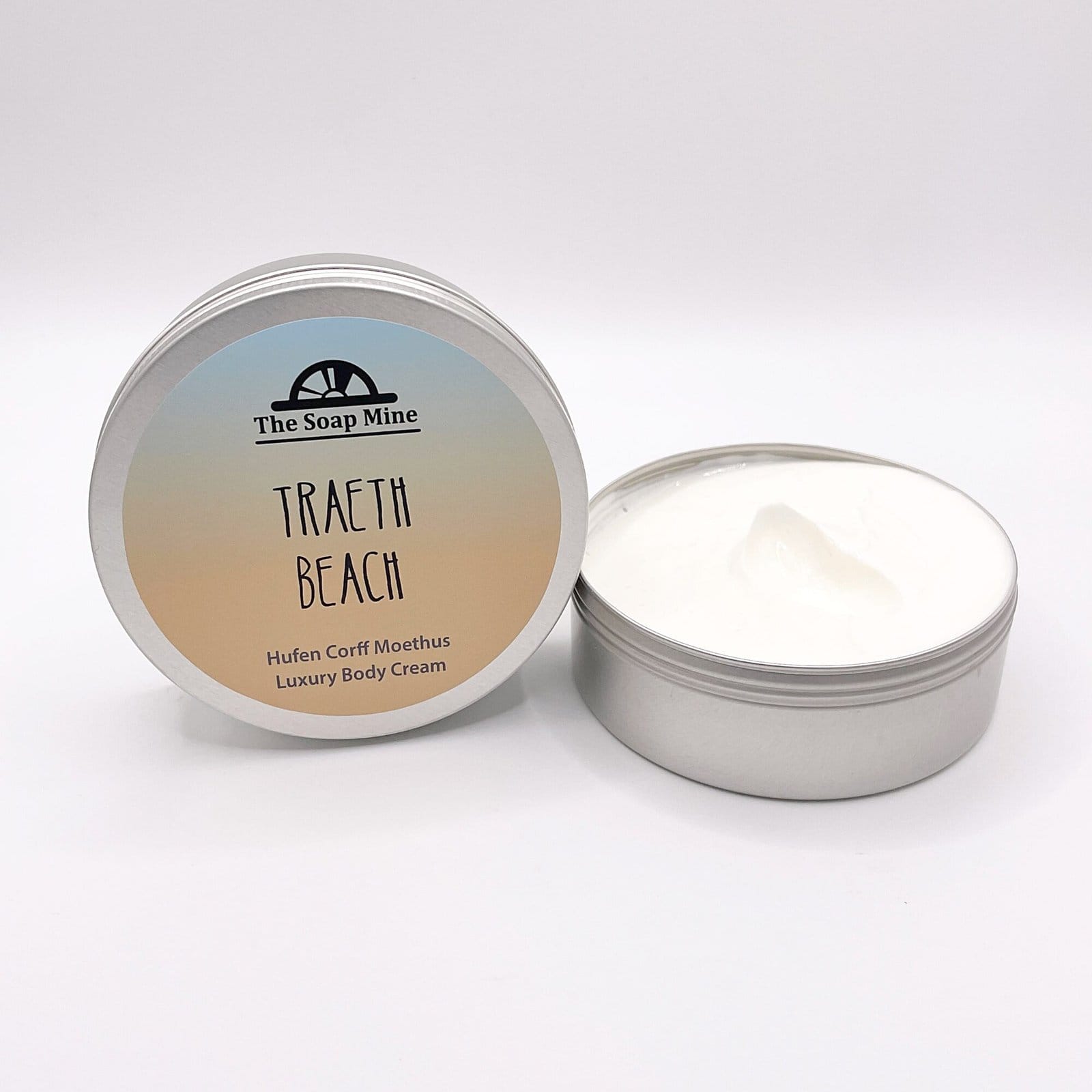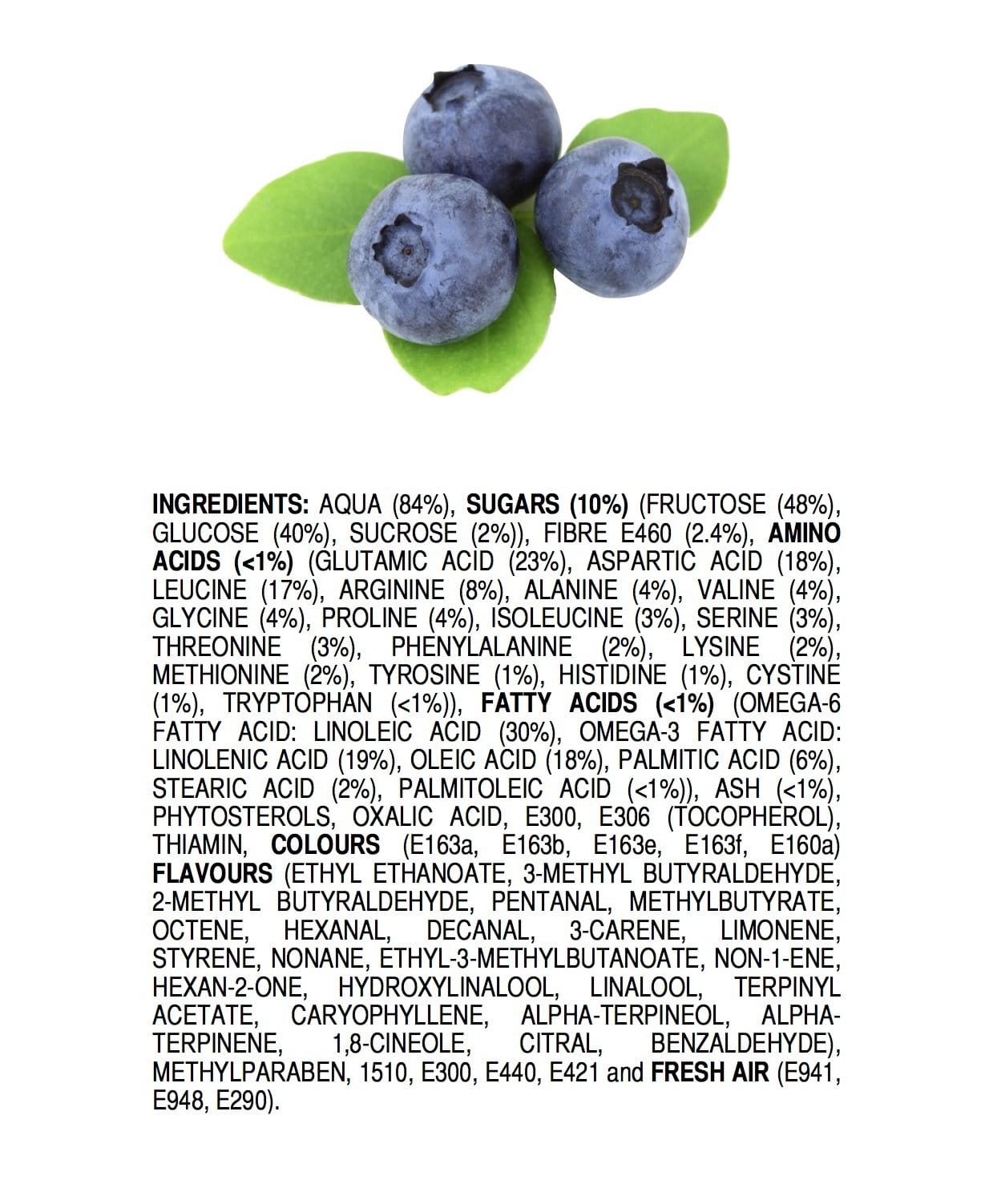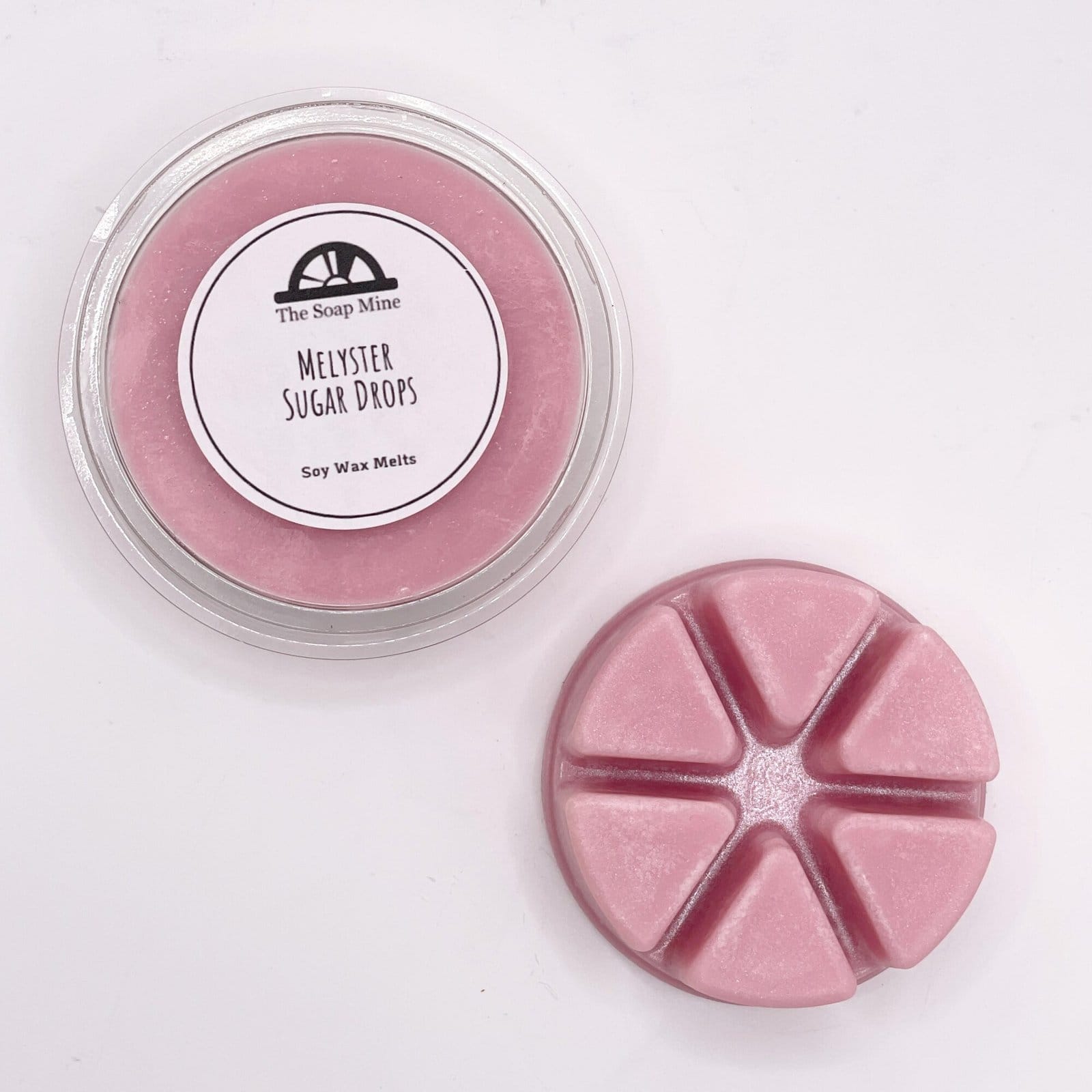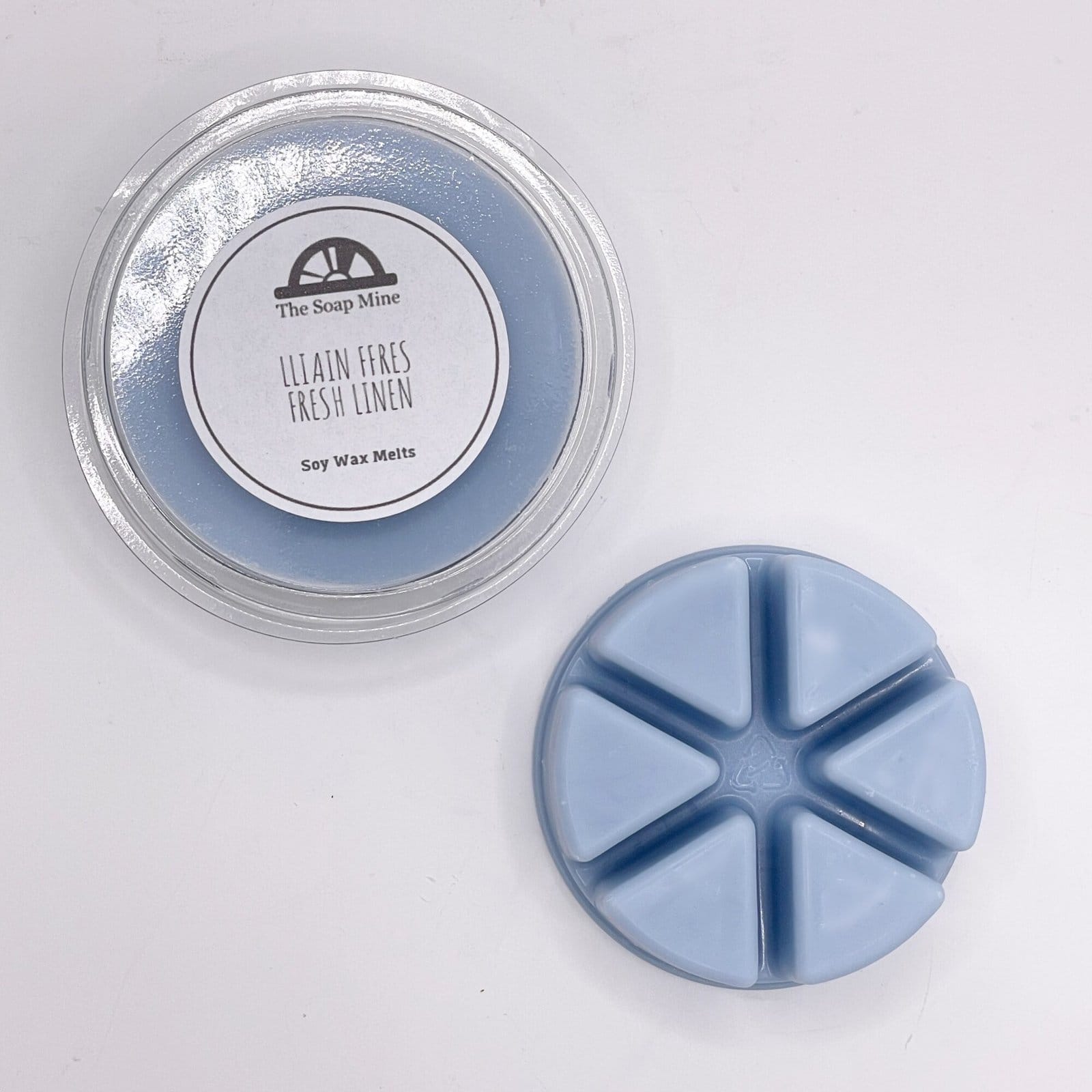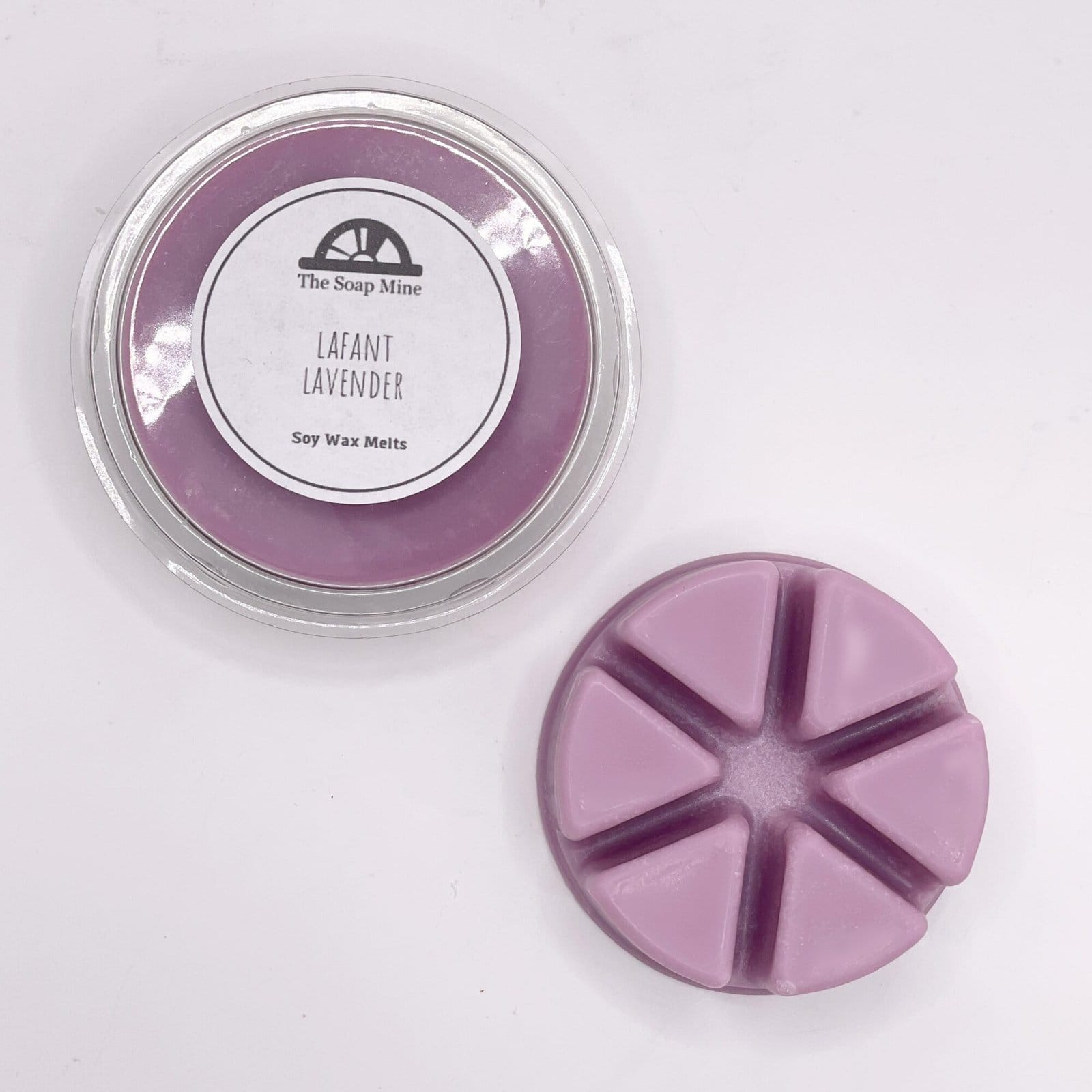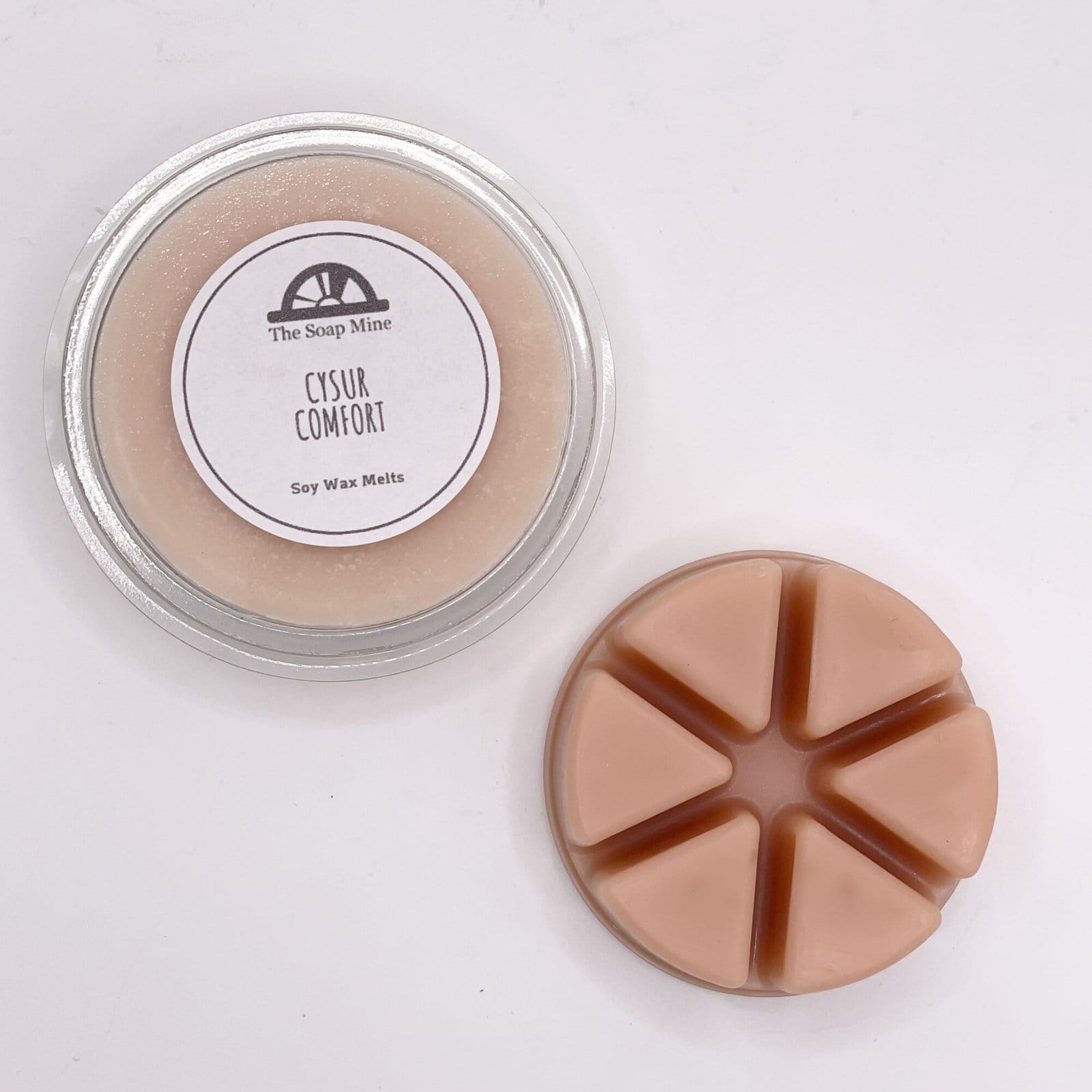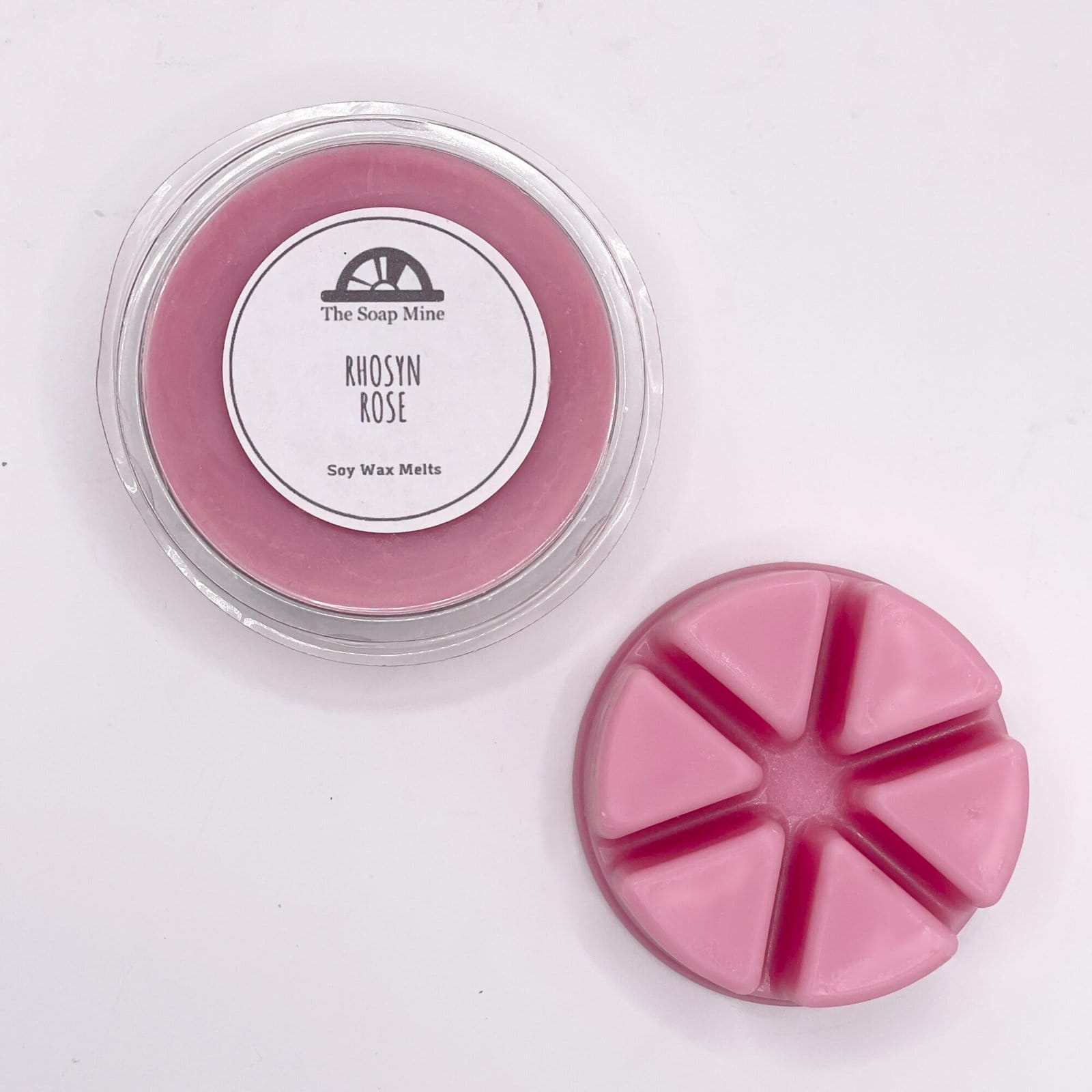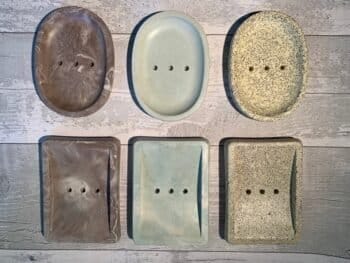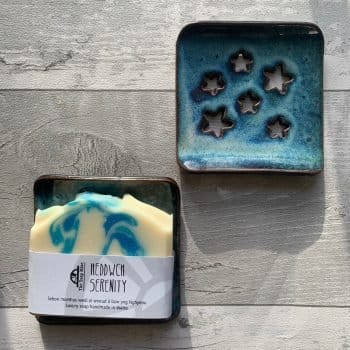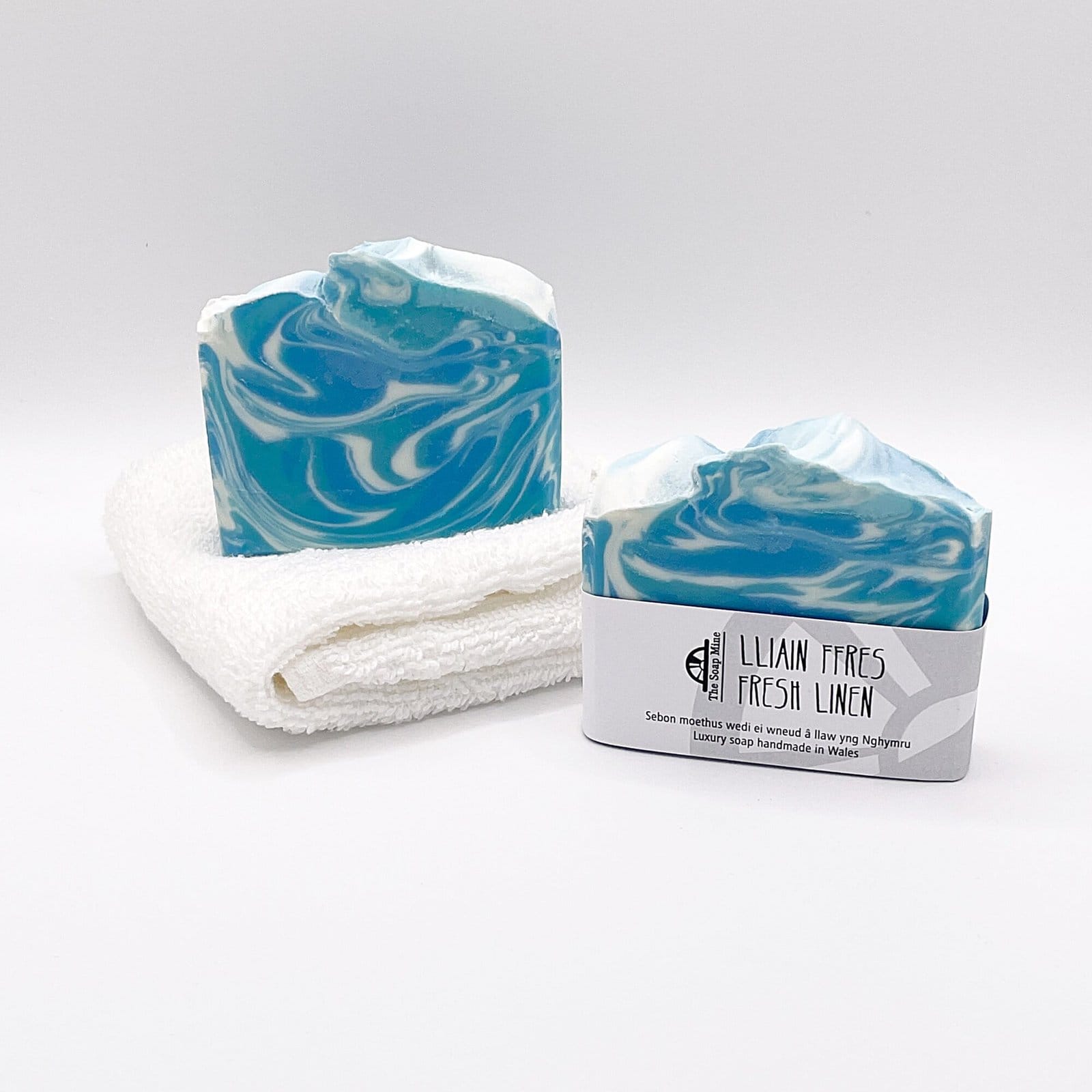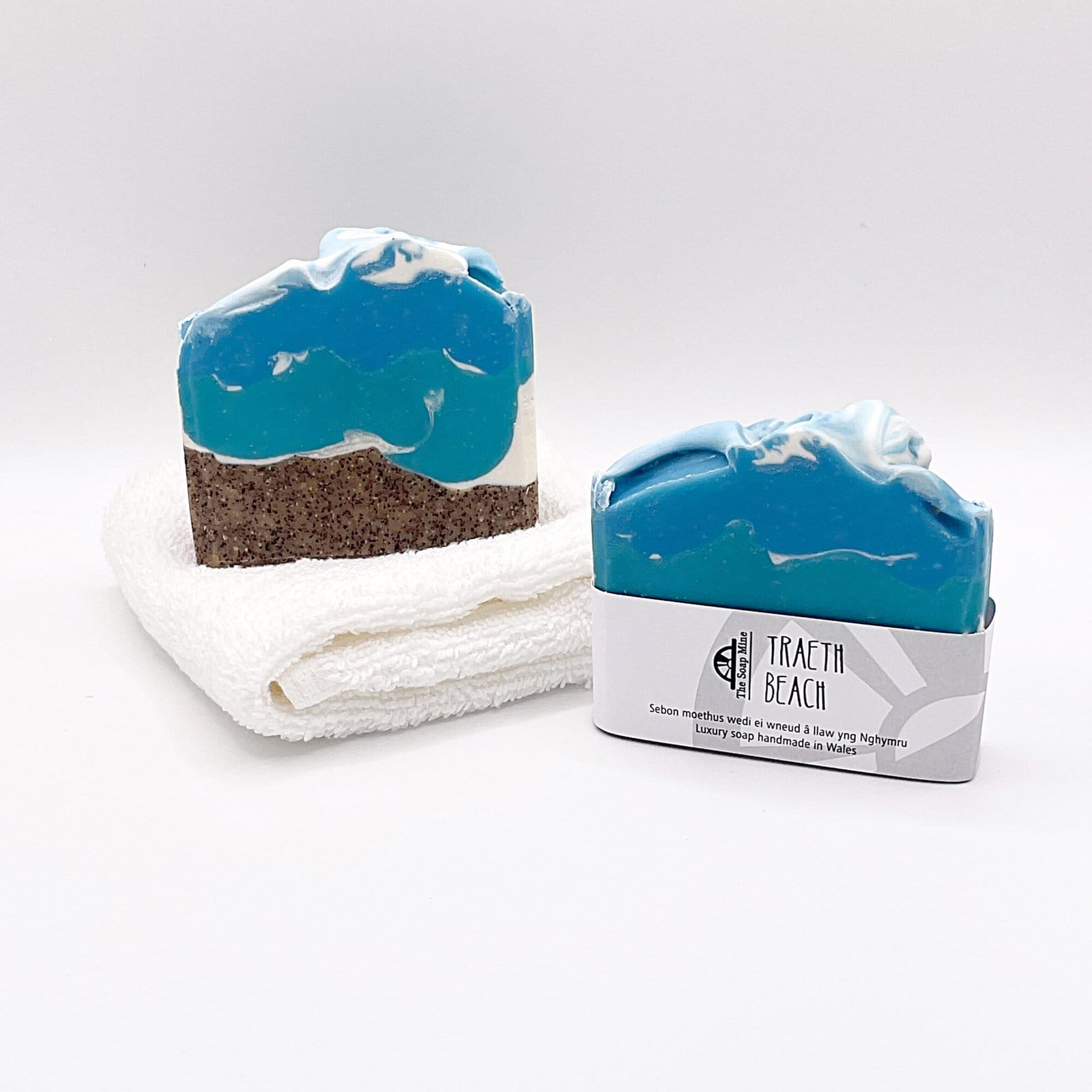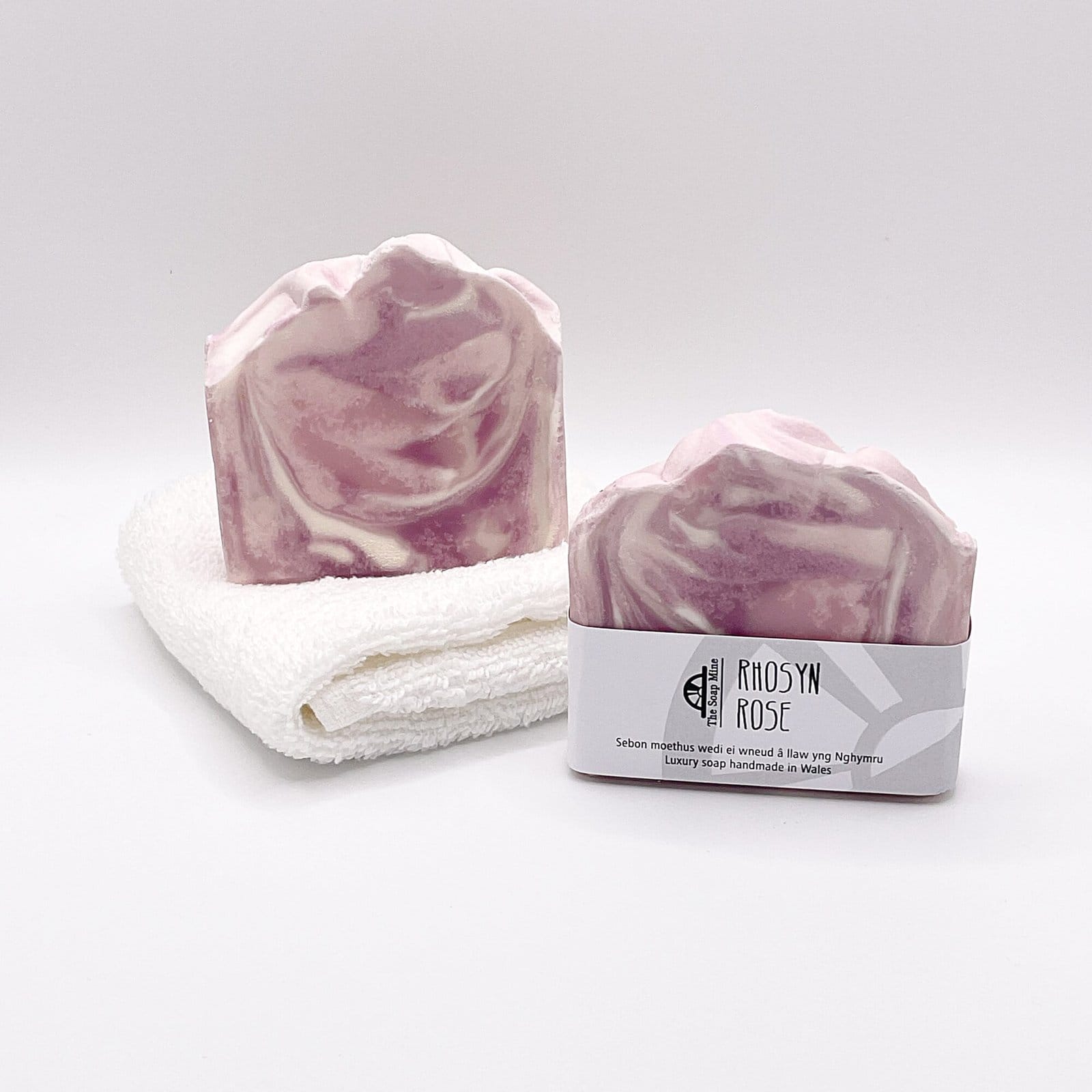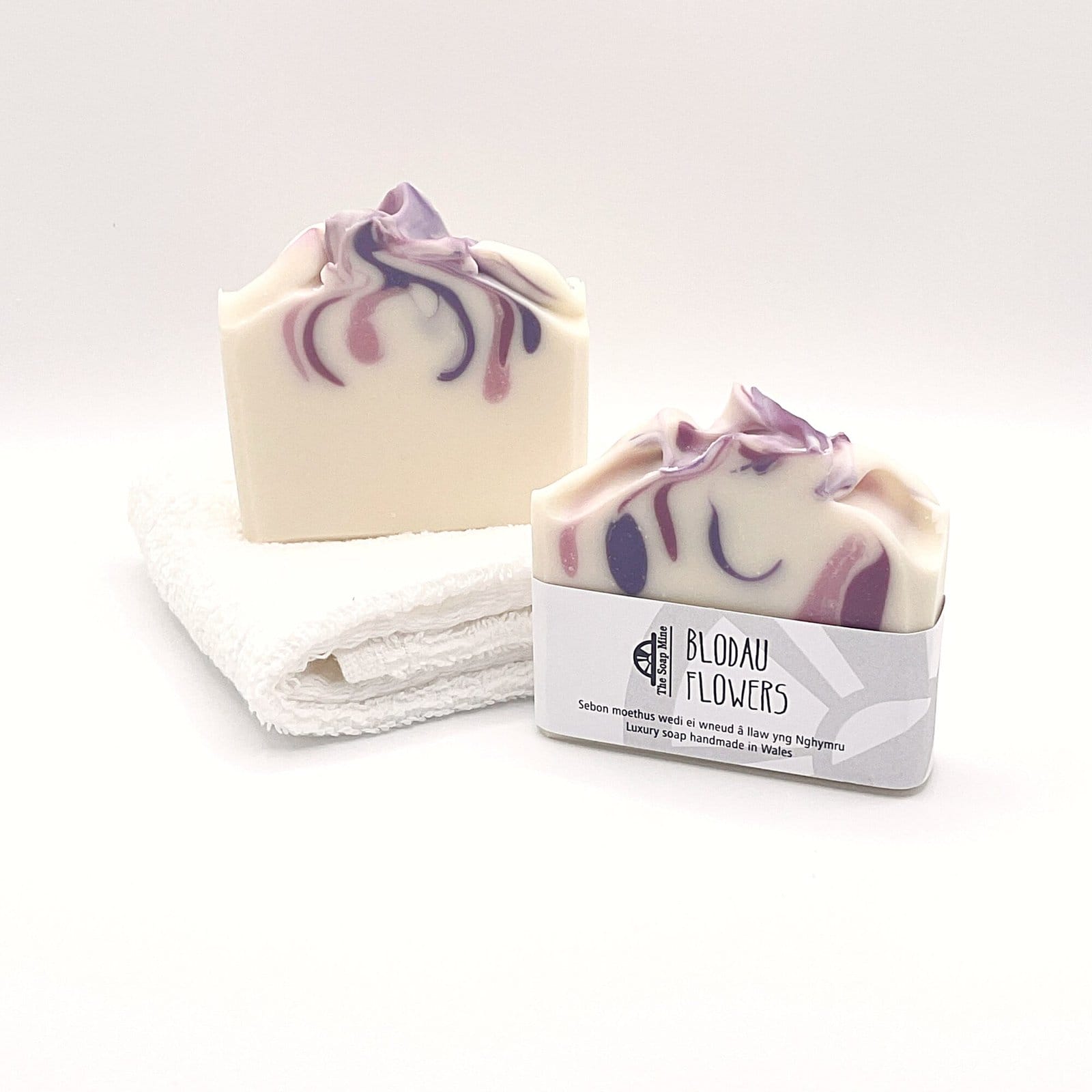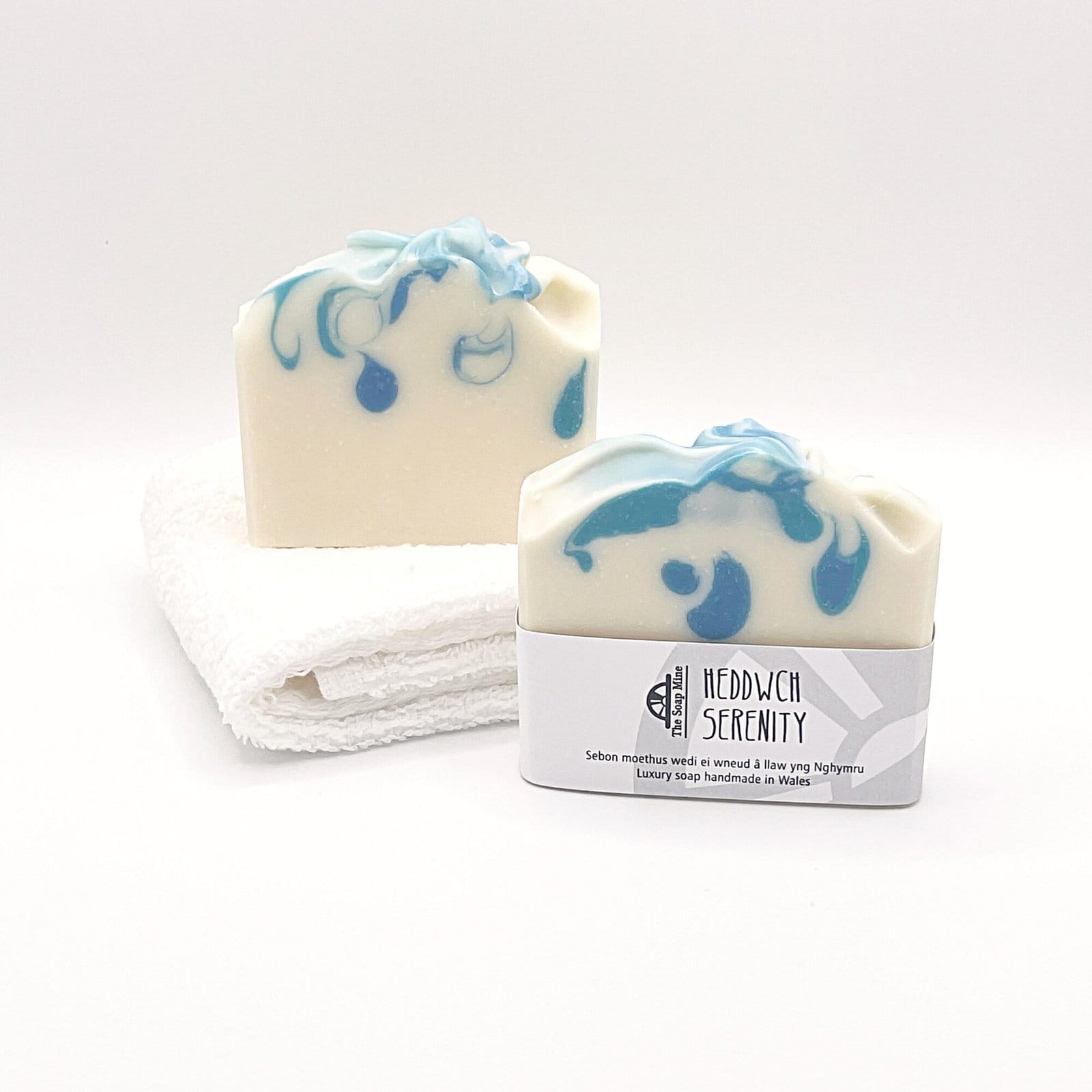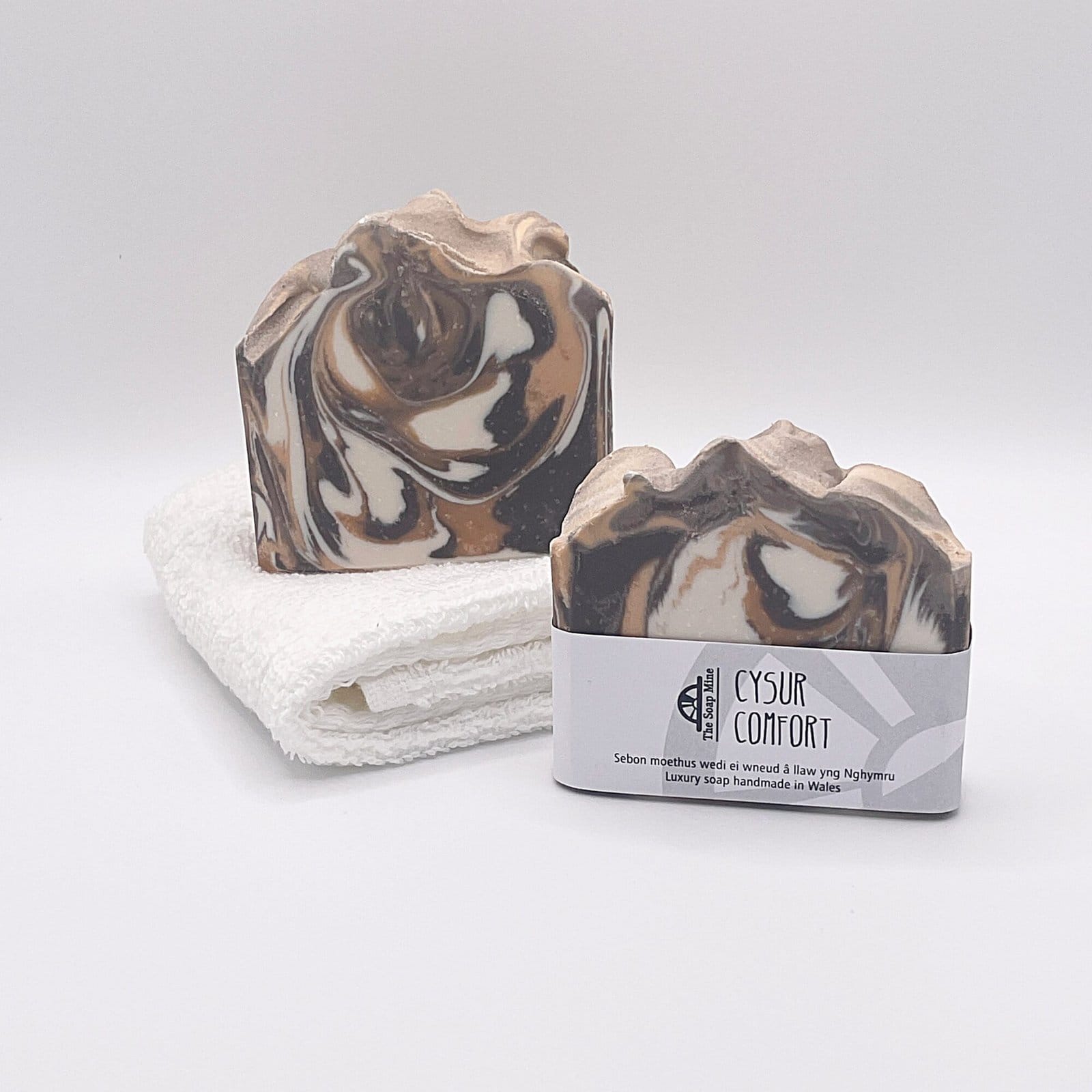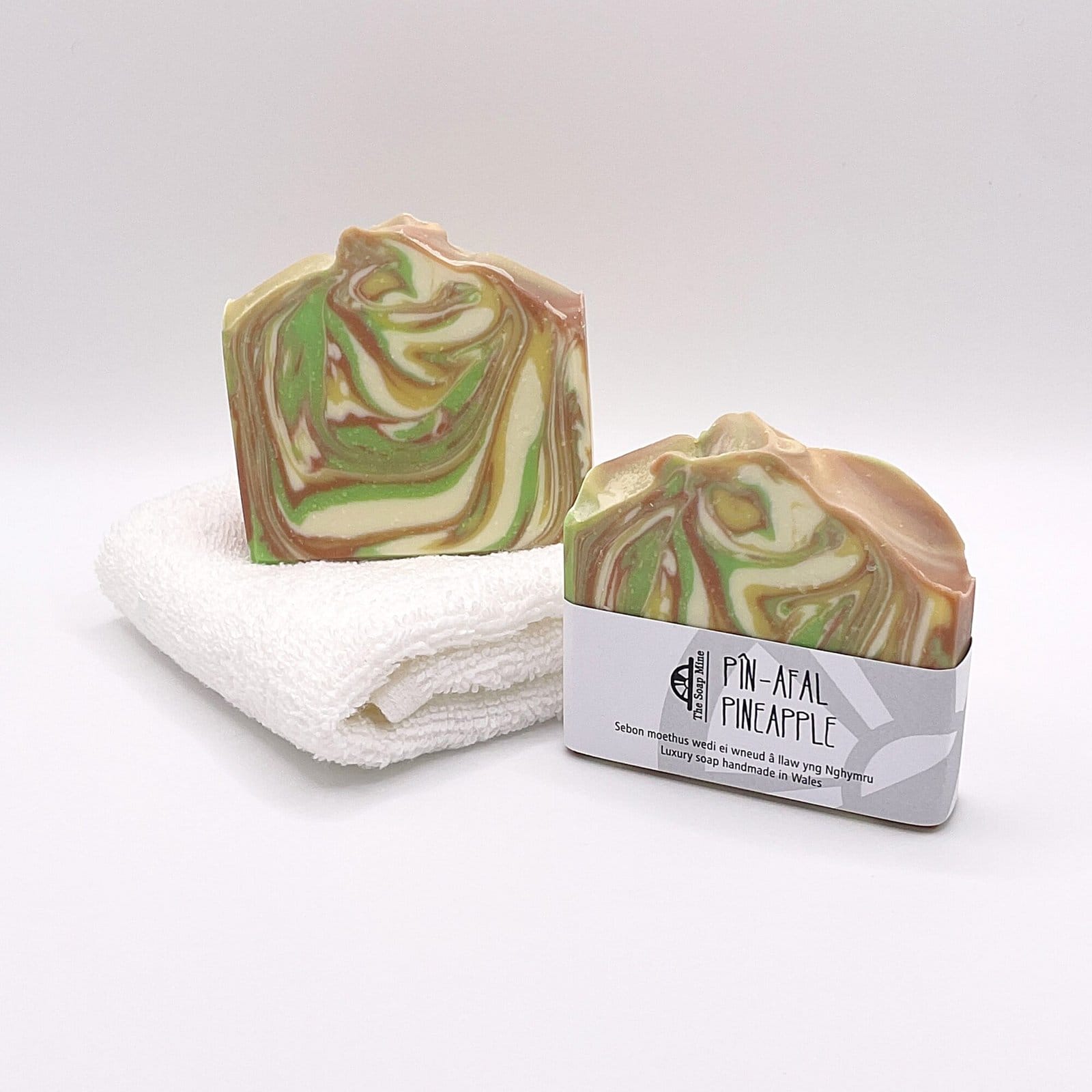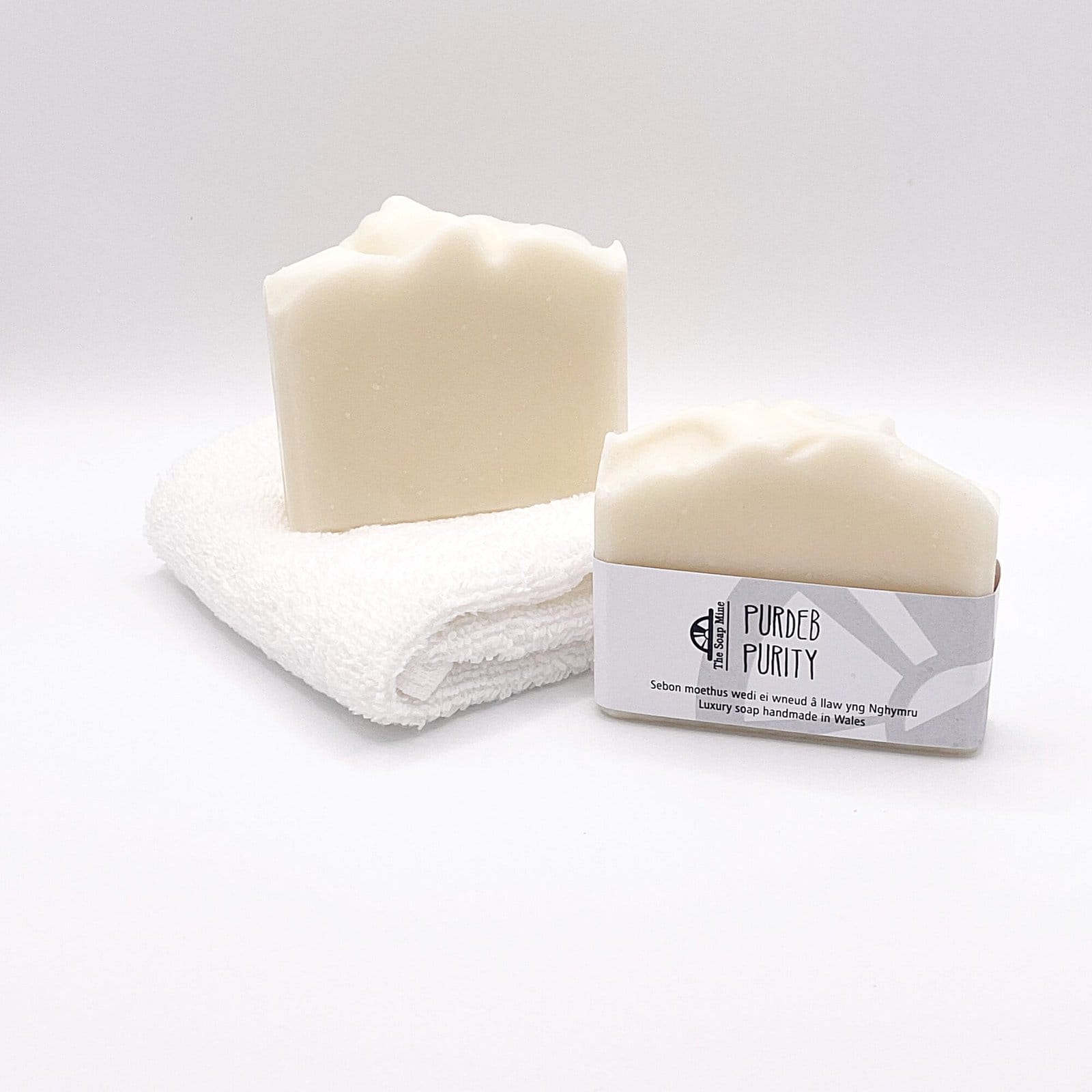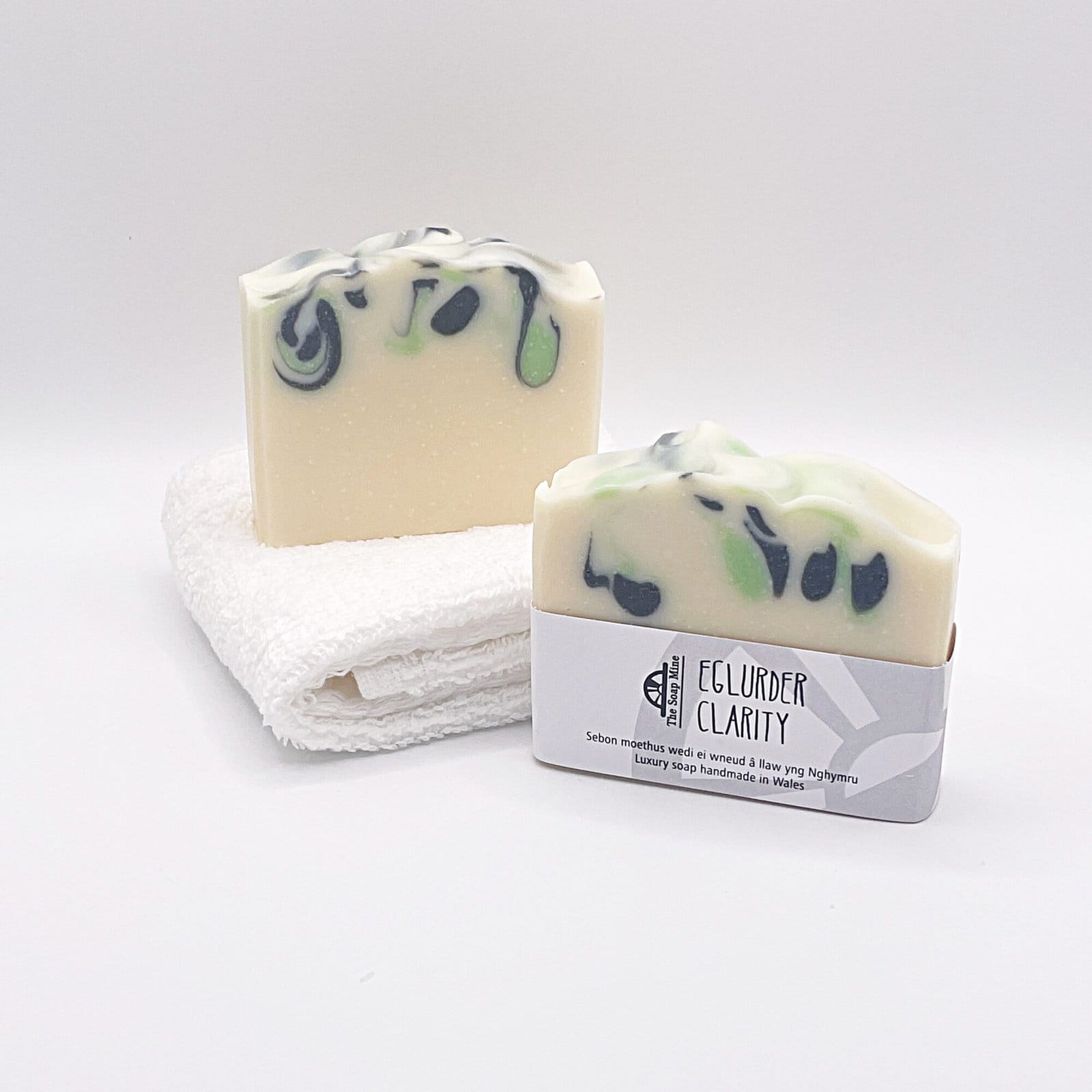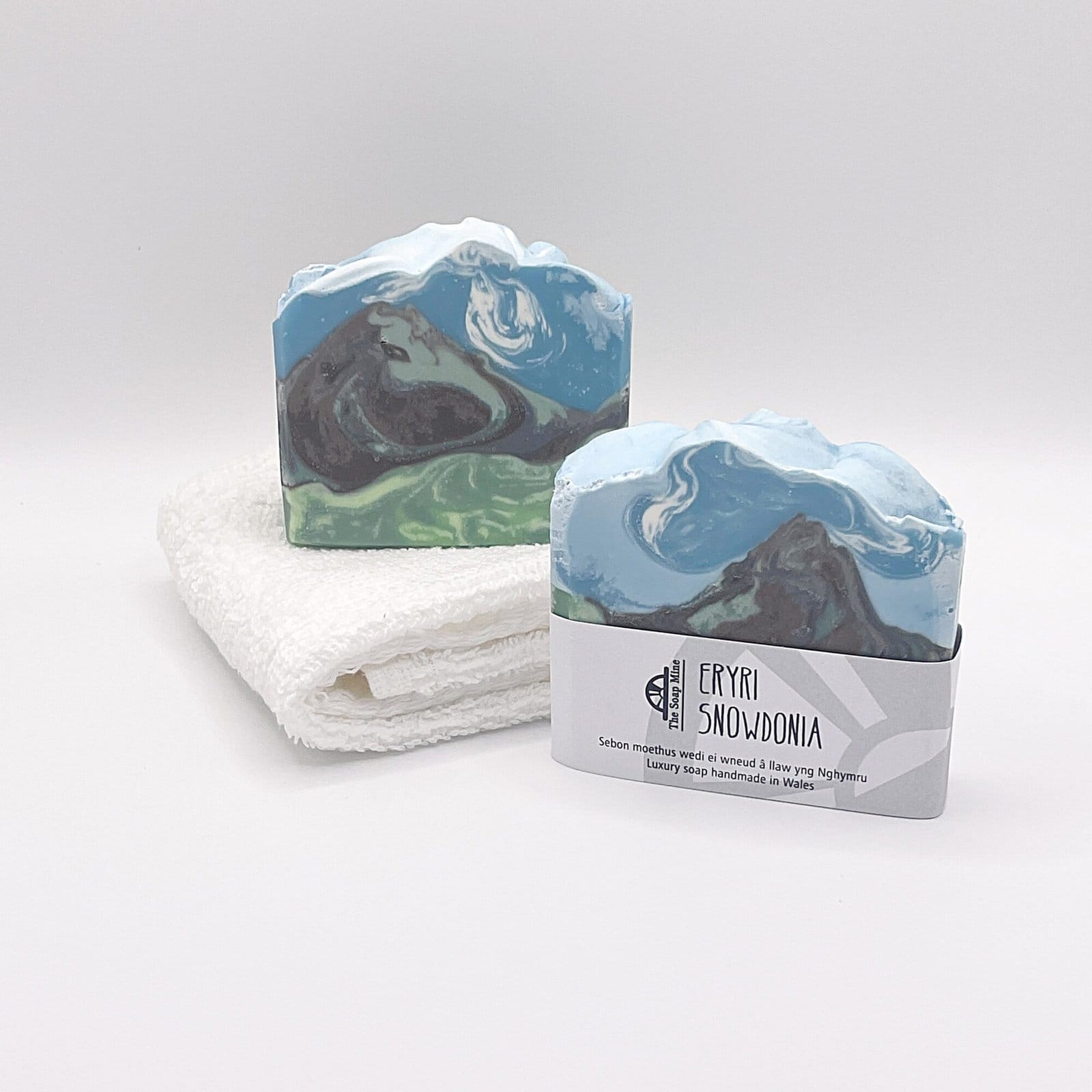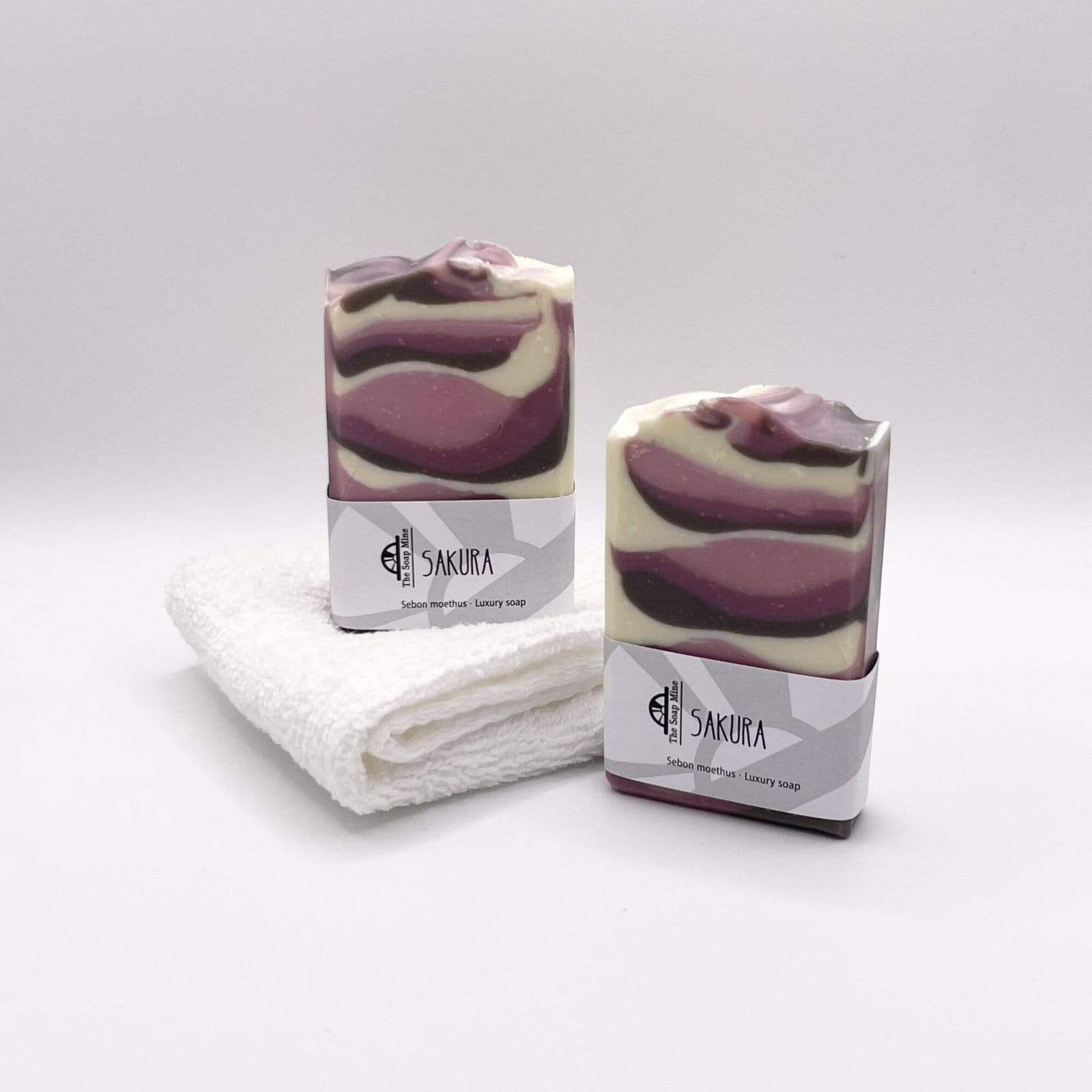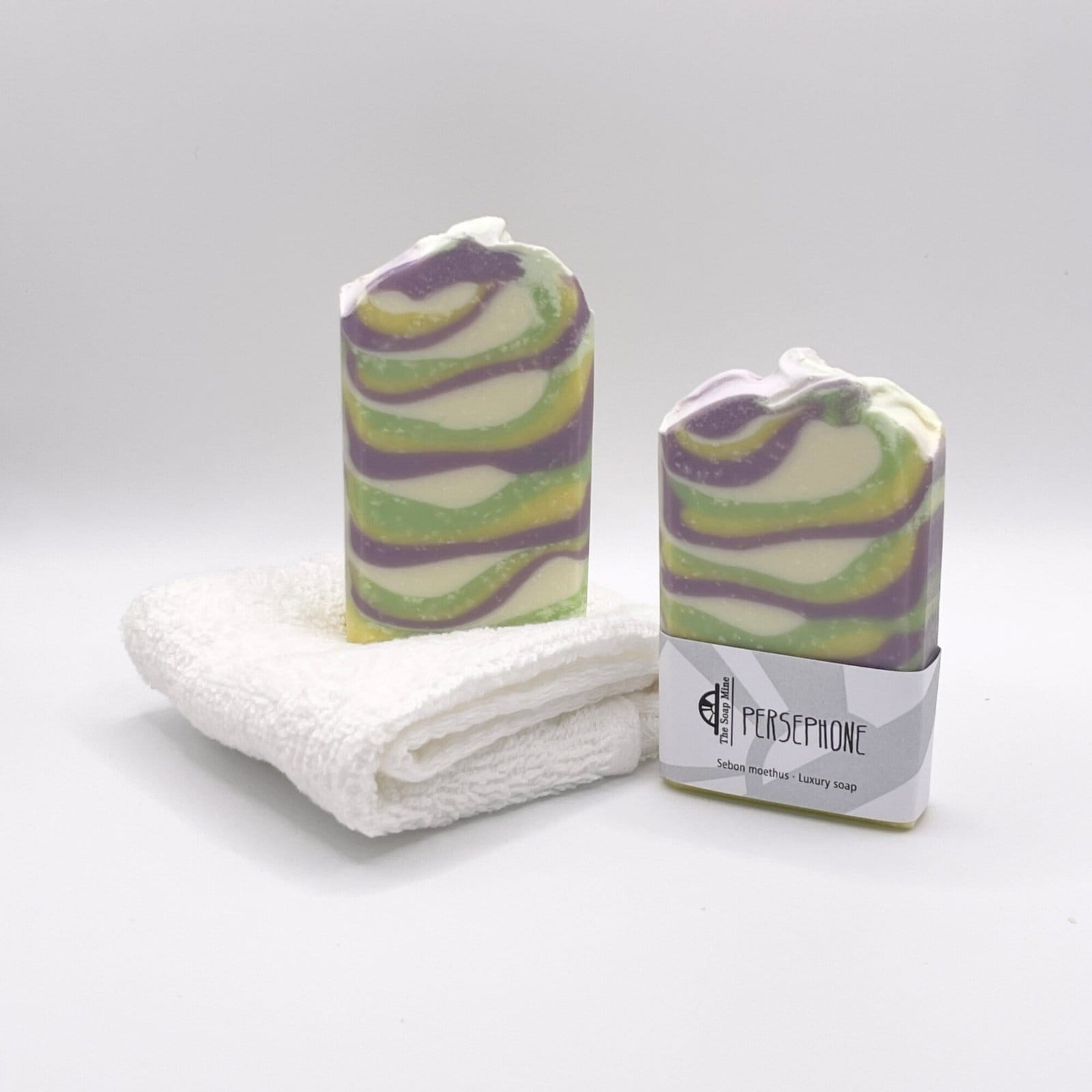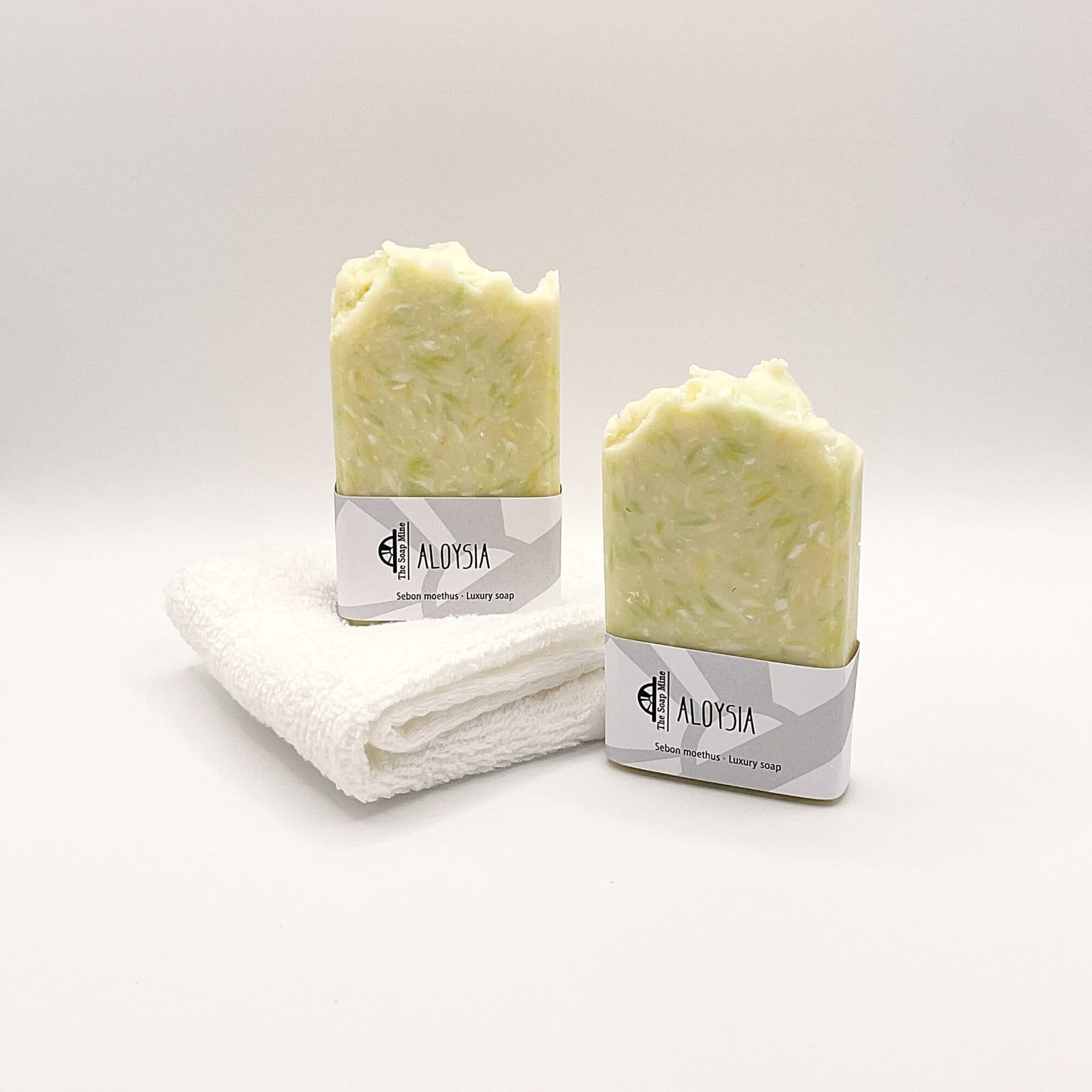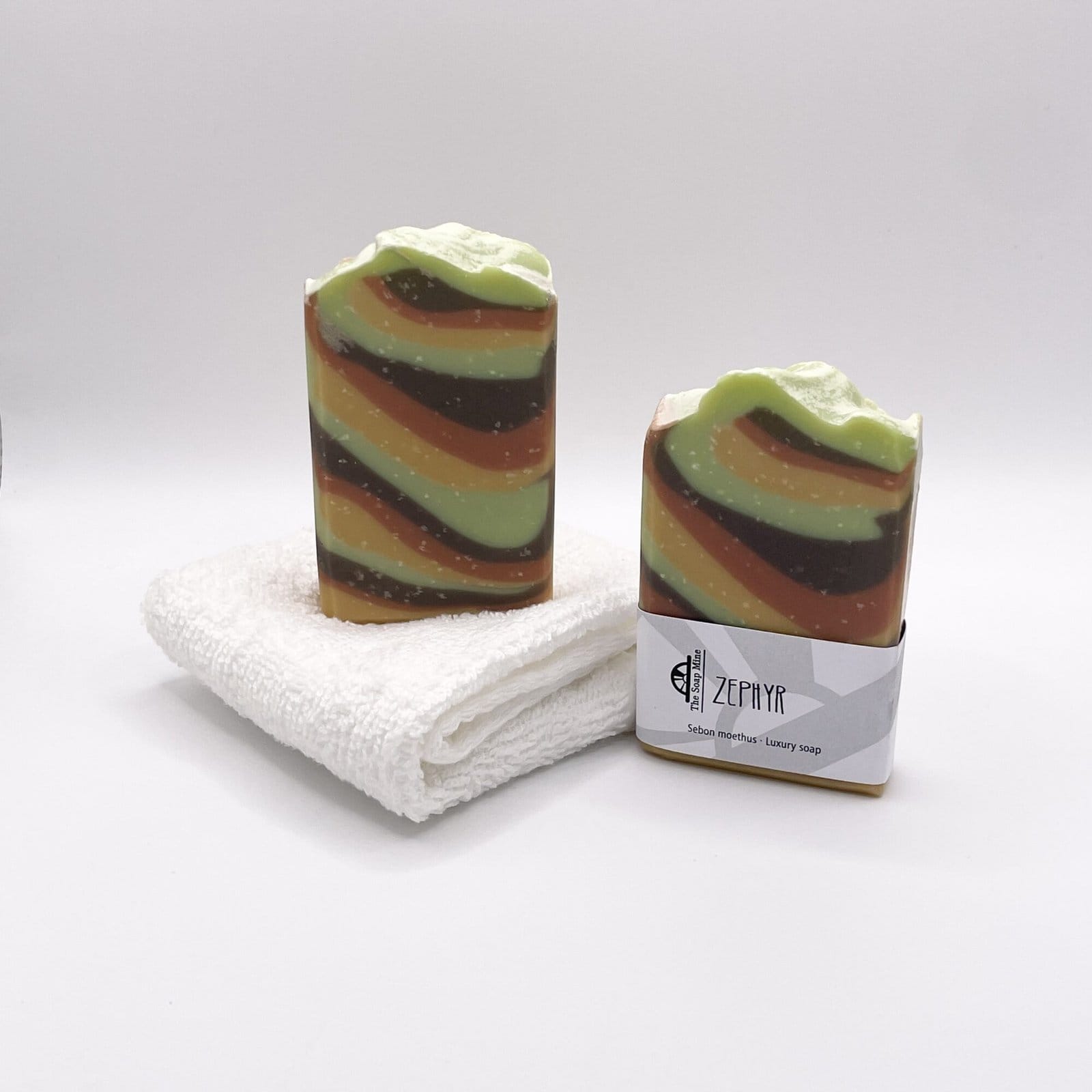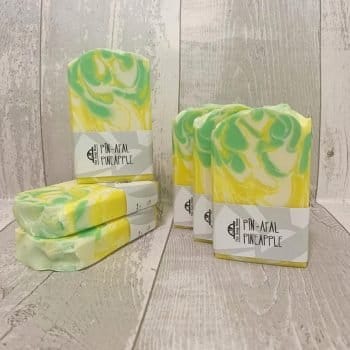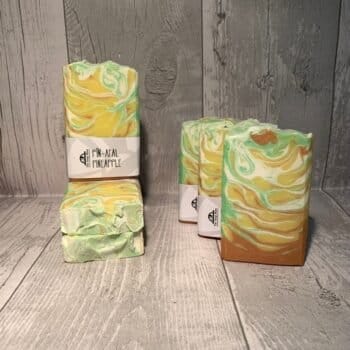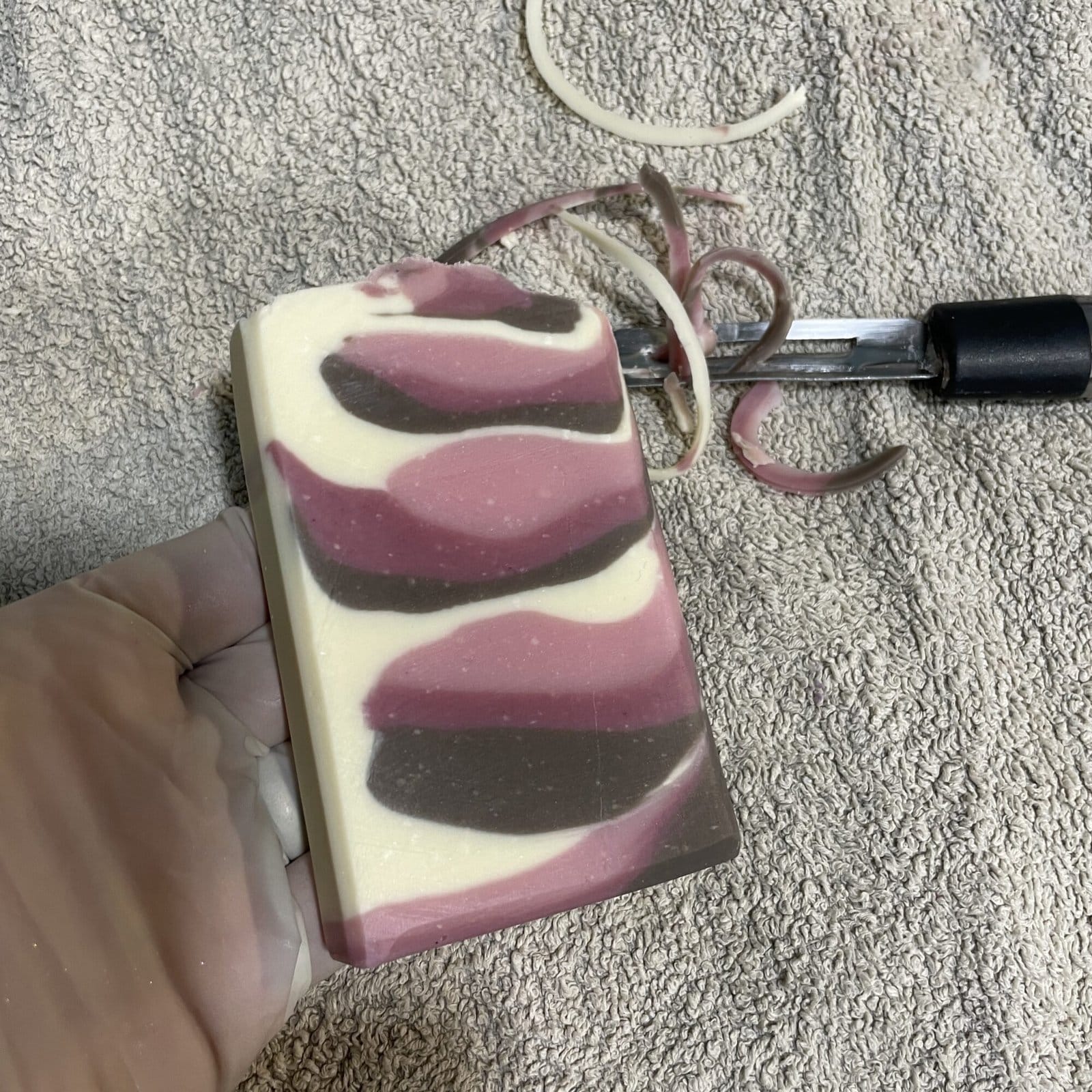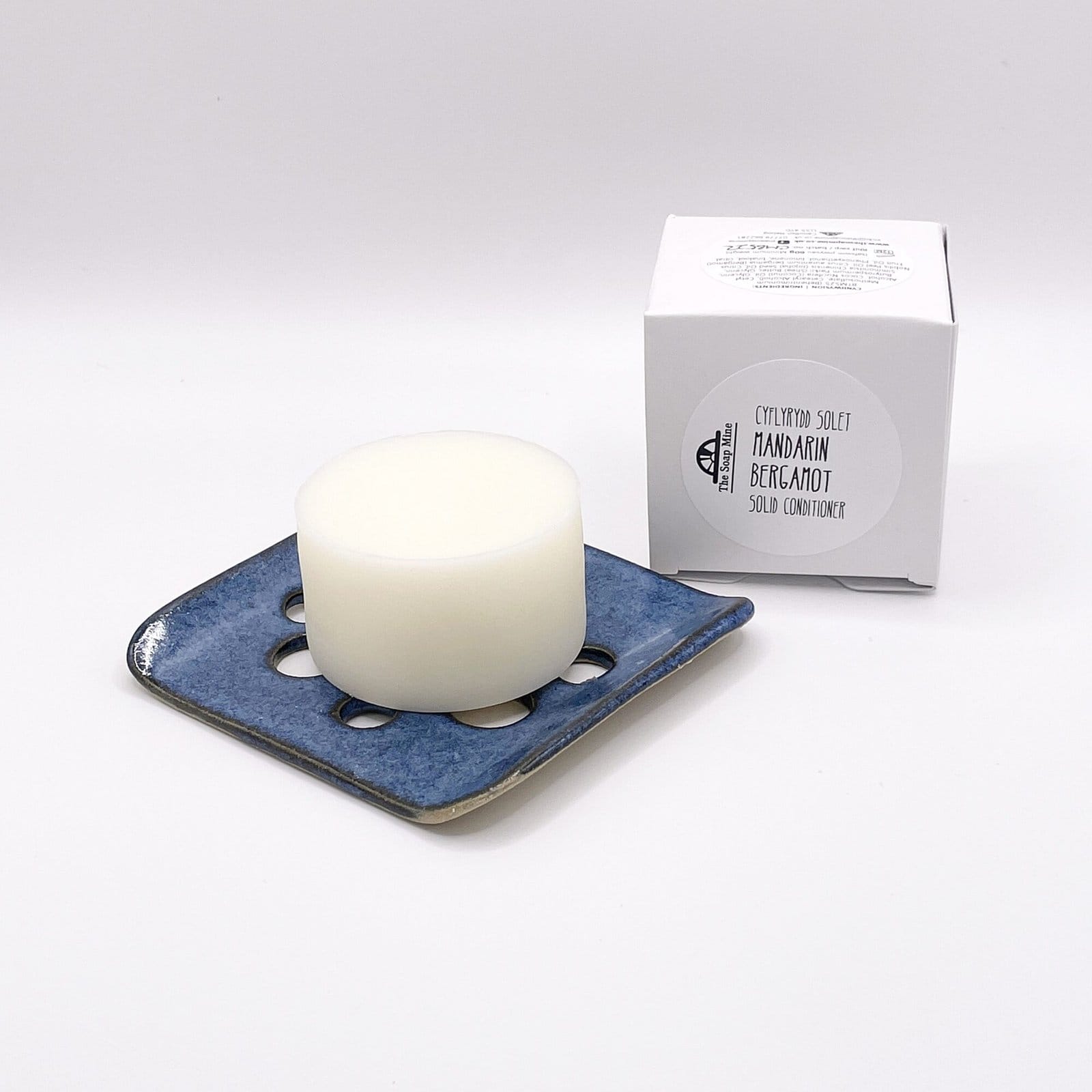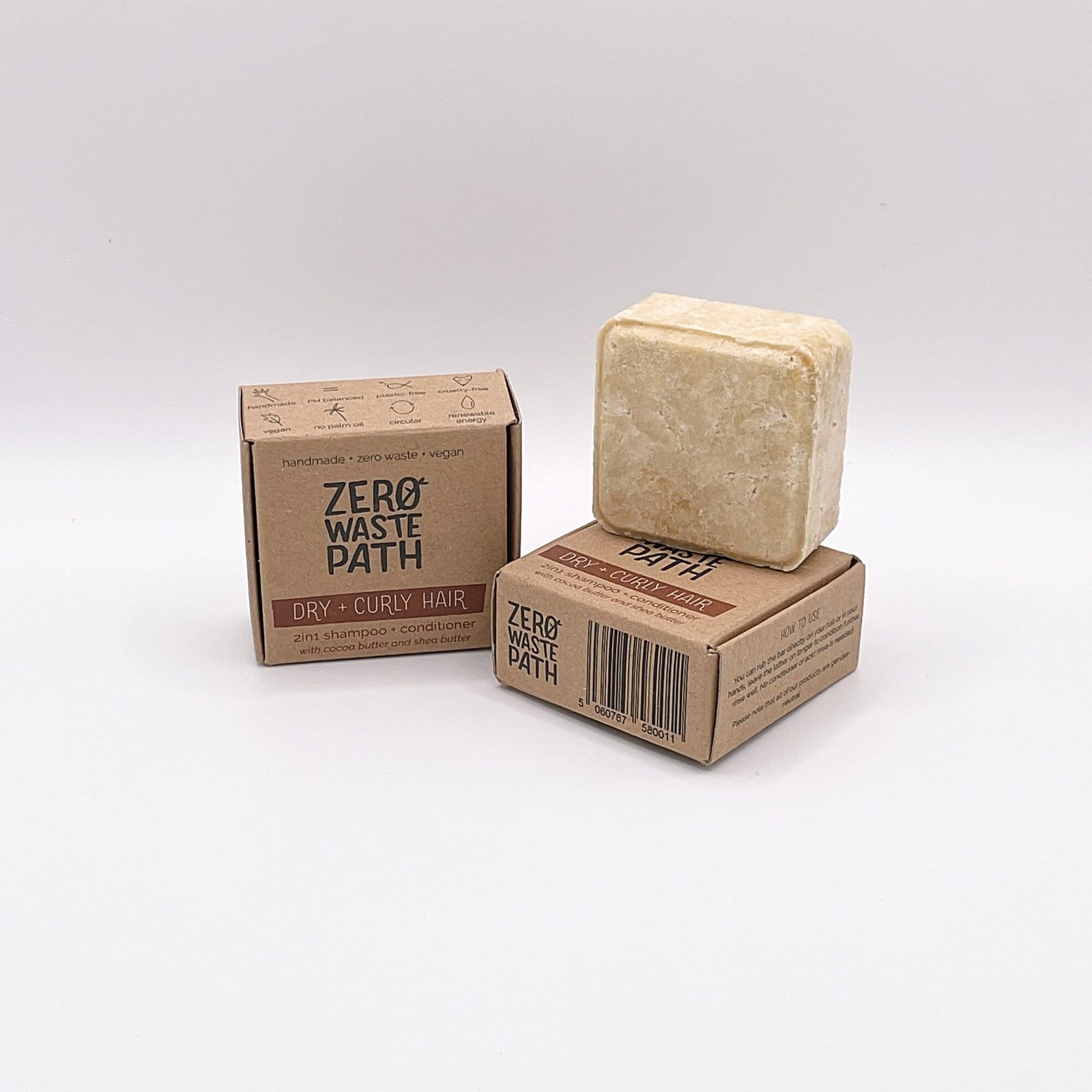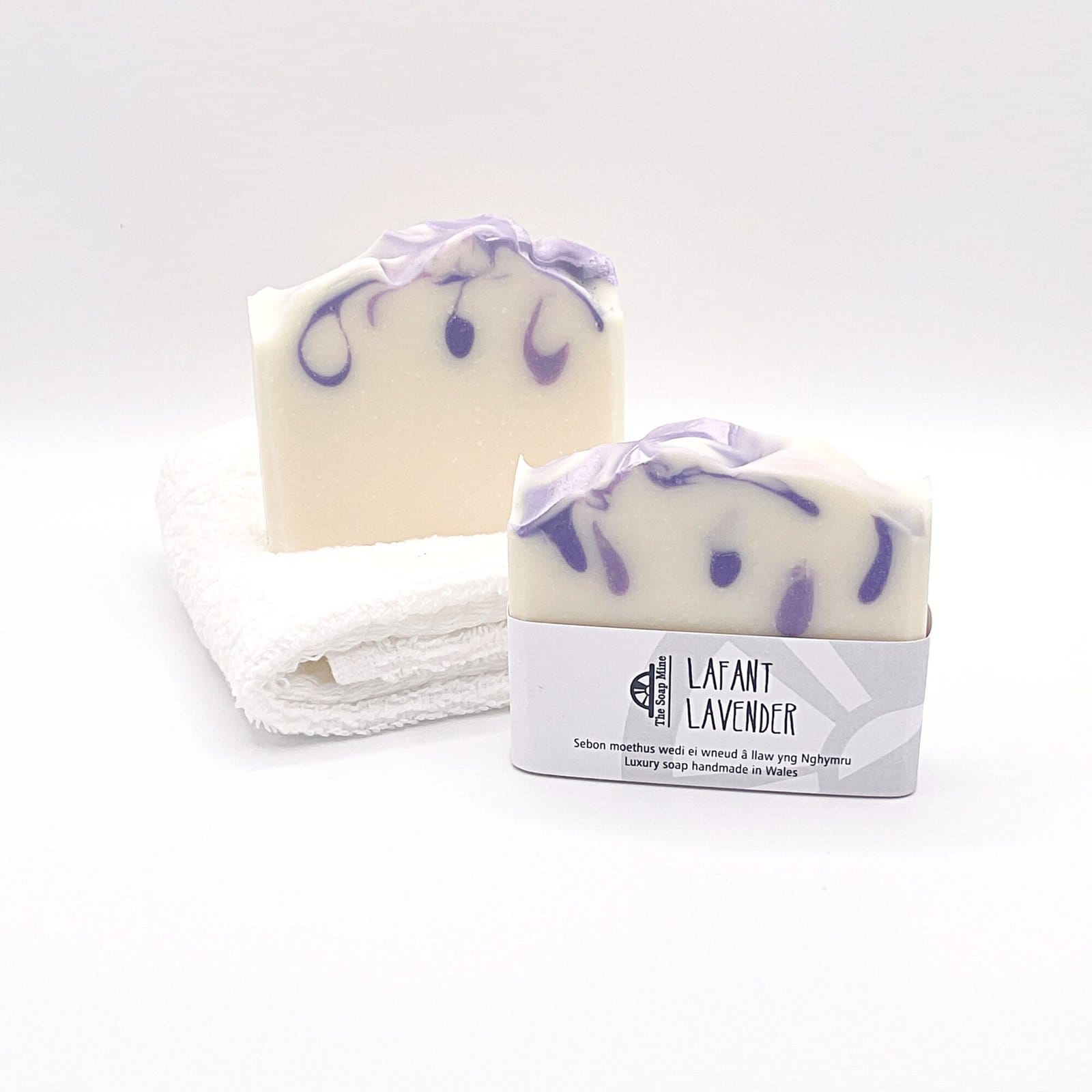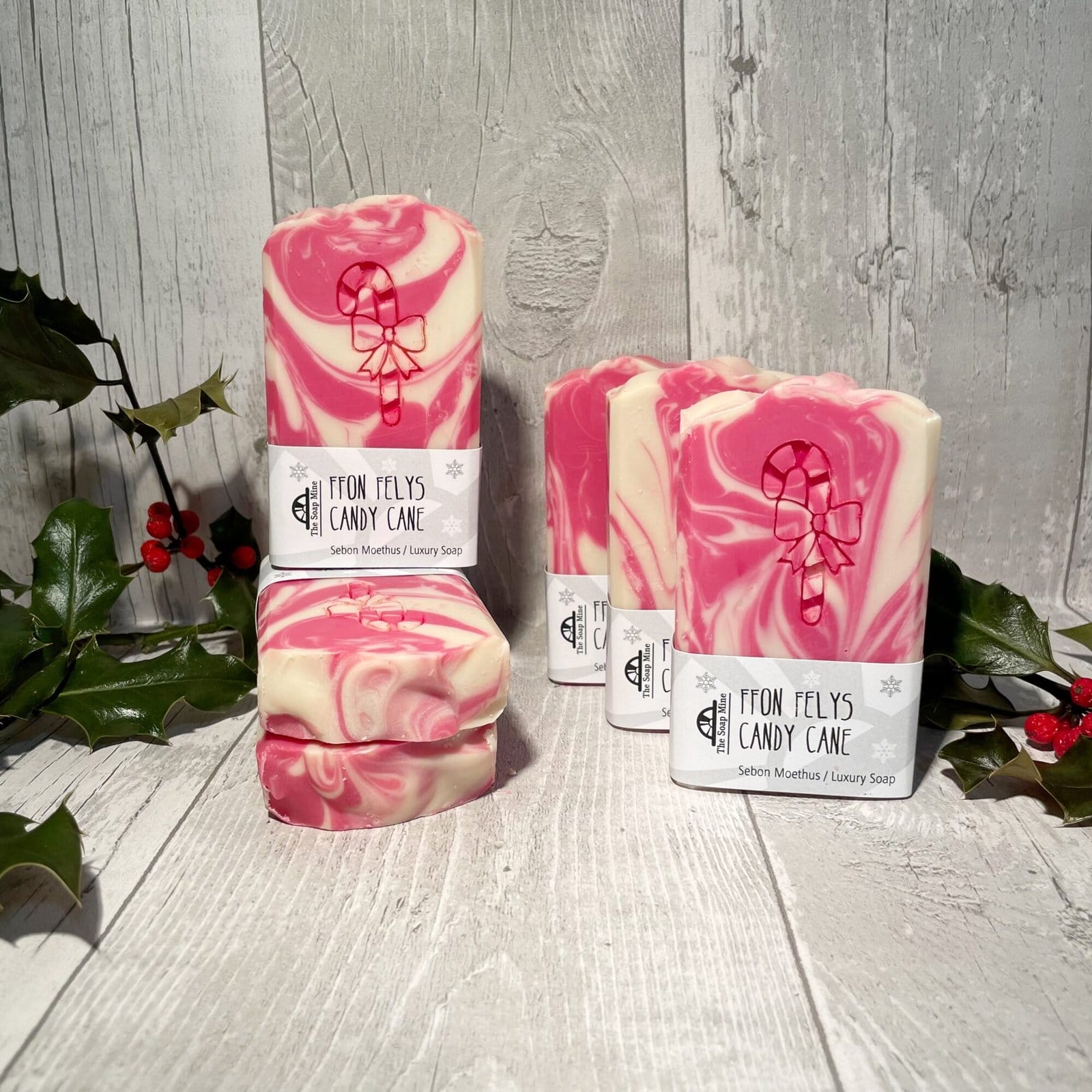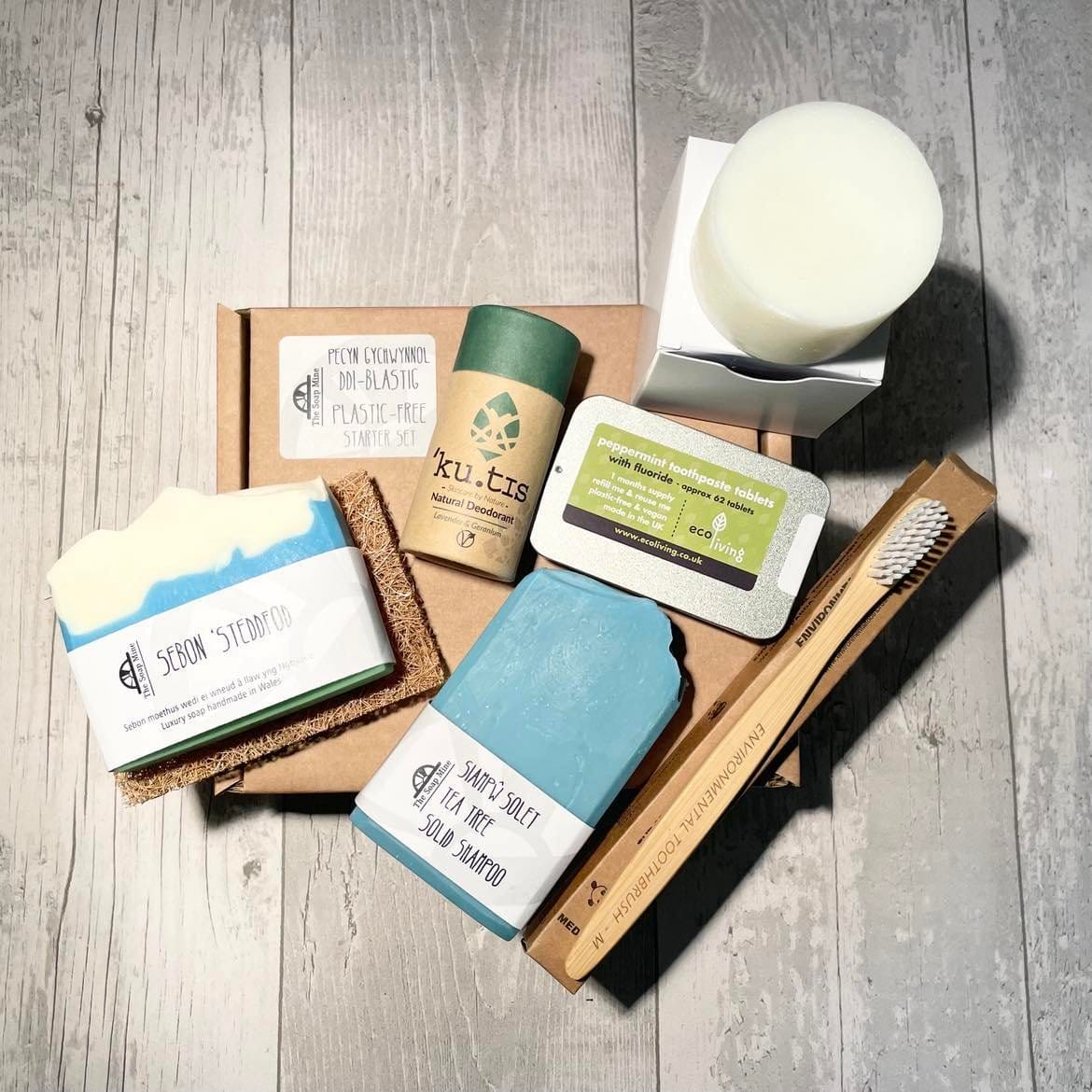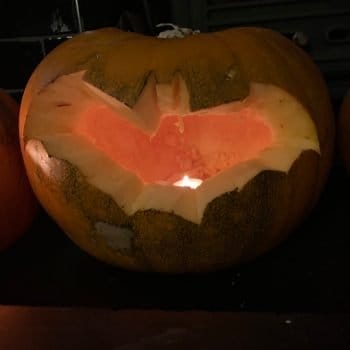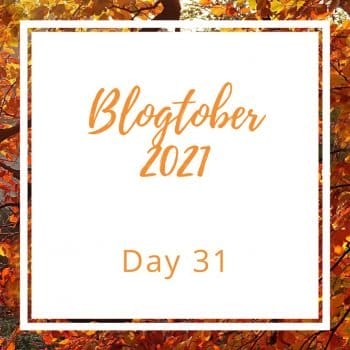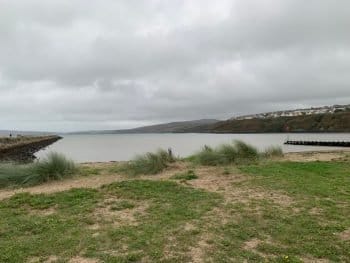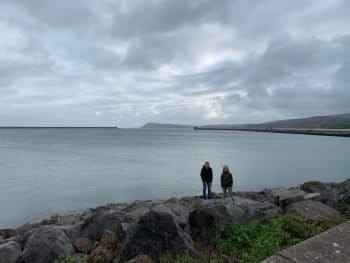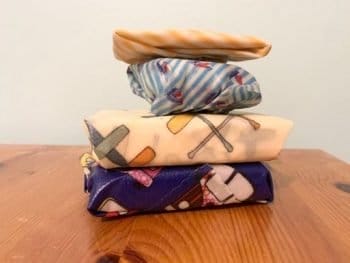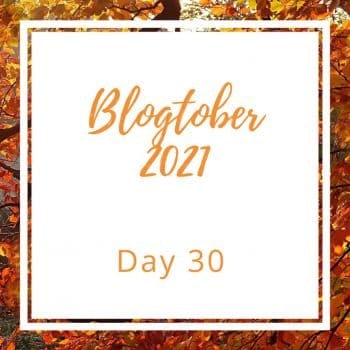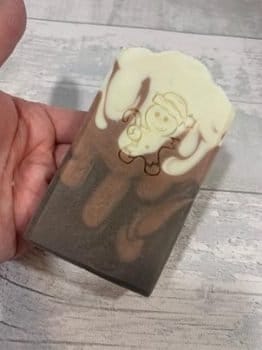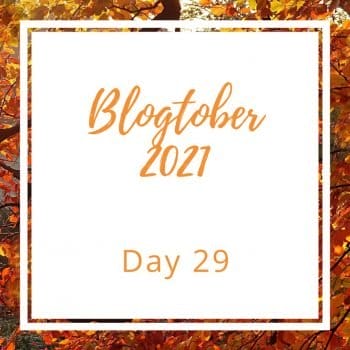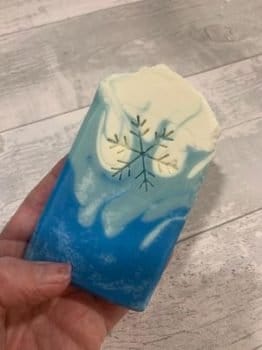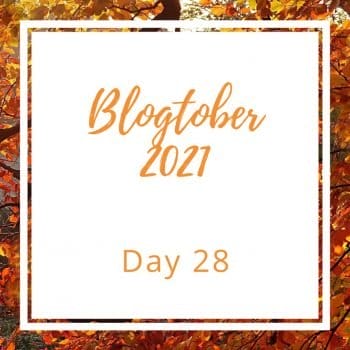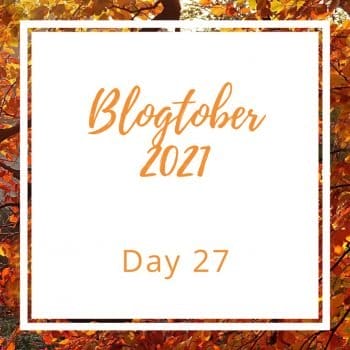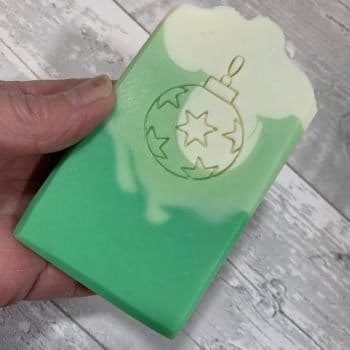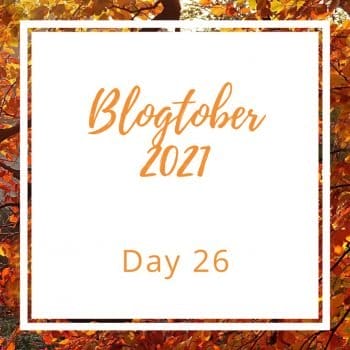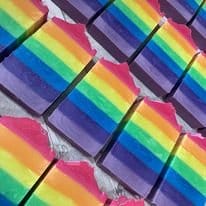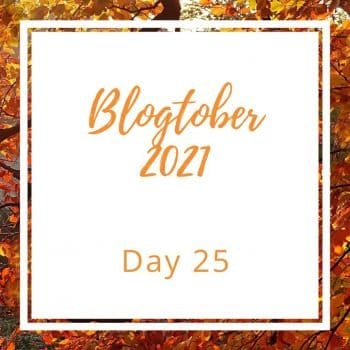Let’s be honest, most of us have picked up a product, flipped it over to read the ingredients, and instantly regretted it. All those long, complicated names in teeny-tiny writing? Half of them sound like something you’d find in a science lab or a sci-fi novel, not in your shampoo or soap dish.
But here’s the thing: reading an ingredients list doesn’t have to make your eyes cross (unless it’s the font size!). And just because something sounds a bit sciencey doesn’t mean it’s dangerous or unnatural. So pop the kettle on, and let’s break it down together.
The Fancy Names Have a Reason
The most important thing to know? Ingredients lists (if they’re compliant) use something called INCI names (short for International Nomenclature of Cosmetic Ingredients). These are standardized, internationally recognized names used across the industry so that no matter where you are in the world, you know exactly what’s in your product.
That’s why you’ll often see “Sodium Chloride” instead of just “salt,” or “Butyrospermum Parkii” instead of “shea butter.”
As far as ingredients lists go, Latin is most definitely not dead. Botanical ingredients are usually listed using their Latin binomial nomenclature, indicating the plant genus and species (e.g., Lavandula angustifolia for lavender). This is often followed by the part of the plant used and the preparation method (e.g., “Oil,” “Extract”).
Synthetic or processed ingredients are named using standardized chemical terminology, which may differ from their common names. For instance, “Tocopherol” refers to Vitamin E.
Fragrances are often listed collectively as “Parfum” or “Aroma.” This is because the exact formula of a fragrance can be classed as proprietary. However, specific allergens within fragrances must be individually listed if they exceed certain concentrations.
This is why you might notice a section at the very end of the ingredients list with names like linalool, limonene, or citral. These are specific compounds found in both essential and fragrance oils, and by law, they must be listed separately because some people can be sensitive to them. They’re not added in as extra ingredients, and many occur naturally in things like citrus oils, lavender, or peppermint. So unless you know you’re allergic, there’s absolutely no need to be concerned.
Order Matters
Ingredients are listed in order of quantity. The ingredient with the highest percentage always comes first, and the smallest amount comes last (unless it’s under 1%, in which case the order gets a bit looser). If a “Rose & Geranium Soap” lists rose oil right at the end? That’s your clue it’s more of a whisper than a bouquet. Colours usually come very close to the end and are generally indicated by their Colour Index (or ‘CI’) number, and then lastly come the potential allergens that are present in the product.
Additional Sources
If you ever want to understand an ingredients list a little better, a quick Google is often helpful, but if you want to dig a little deeper, the following websites are useful:
- INCIDecoder: Provides detailed information on cosmetic ingredients, including their functions and safety profiles.
- Cosmetic Ingredient Review (CIR): An independent panel that assesses the safety of cosmetic ingredients.
- Environmental Working Group (EWG) Skin Deep Database: Offers hazard ratings for cosmetic ingredients based on available scientific literature.
Remember – Chemicals Are Not Inherently Bad!
In my last blog post, I bemoaned the ‘chemical-free’ claims that seem to be everywhere at the moment. So I’ll say it again: everything is made of chemicals. Water is a chemical. Oxygen is a chemical. Your favourite apple, your pet dog, your nan – they’re all made of chemicals.
When any product claims to be “chemical-free,” it’s… well… completely and totally factually incorrect. Every single time. What we should be focusing on is whether the ingredients are safe, effective, and used in skin-kind amounts (and not worrying about whether they sound like something from GCSE Chemistry).
Always remember too that if you’re buying/using any type of hygiene or cosmetic product manufactured in the UK or the EU, that product must legally have been thoroughly assessed and approved by a chemist qualified to make that assessment, and it will (should*) be covered by a legally binding Cosmetic Product Safety Report. That way, you can rest assured that all ingredients in your product are safe.
Ingredients lists can seem intimidating, but they’re really just a tool to help you make informed choices, and the links I’ve provided above can give you more info on individual ingredients should you feel you need it.
Finally, one of the brilliant things about buying from small, independent makers is that we want to talk to you. I will happily natter on about soap ingredients all day (possibly longer if you offer me a biscuit). If you’re ever unsure about what something means, just pop me a message or drop a comment. No jargon, no judgement.
*Unfortunately, there are still products available for sale which have clearly not been through the assessment process. If you’re ever in any doubt, it’s okay to ask!

